TISHA B’AV/TU B’AV
Learning about the two holidays that fall during the Jewish month of Av

Learning about the two holidays that fall during the Jewish month of Av
After a two-year hiatus due to the pandemic, Hebrew High’s Care-A-Van embarked on its 18th trip in 20 years, helping communities in need. Hebrew High is a program of the Bureau of Jewish Education of Greater Phoenix (BJE). This year Care-A-Van, which is unique to Arizona, took 12 teens to Nevada, Utah and Colorado on June 13-23, where each participant performed more than twenty-five hours of community service work.
“I never went when I was at Hebrew High because I was always at summer camp,” said Rabbi Aviva Funke, Hebrew High principal and associate director at BJE. “I could not believe the impact, connection, passion and the program — it’s a trip with a serious mission to do good.”
Accompanying Funke on the trip were also college counselors who participated in Care-A-Van when they were in high school and Myra Shindler, executive director of BJE.
“Myra is a masterful community organizer and especially with Care-A-Van, which has been her baby for all these years,” said Funke. “She went to the kosher butcher and had frozen meat, chicken and schnitzel. She brought everything and made it so easy for all of us.”
Getting fit in the water, celebrating Norman Lear, fighting Alzheimer’s disease and superaging
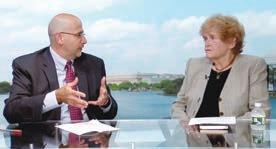
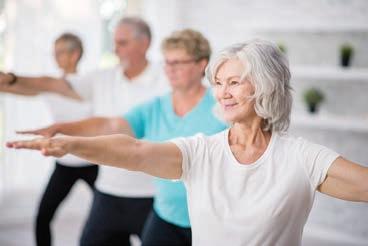
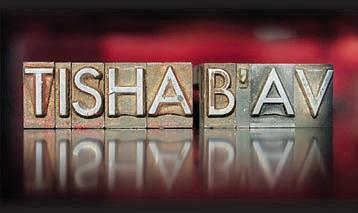
 SHANNON LEVITT
SHANNON LEVITT
Rabbi Mendel Slonim is now making his second journey through rural Arizona and its small towns in order to make connections with fellow Jews, some of whom haven’t talked to a rabbi, or even another Jew, for years.
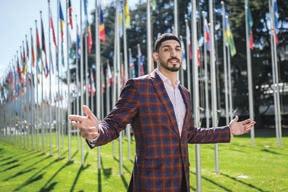
Last summer, strictly by chance, Slonim said, this type of encounter happened when he was leaving Yuma. “This man we met hadn’t seen any Jew for decades. We left in tears. He was crying and I was crying and it was really special that we met through a long string of unplanned events.”
Slonim and Rabbi Dovber Goldman started their two-week Arizona adventure on Sunday, July 24. They have a car, a list
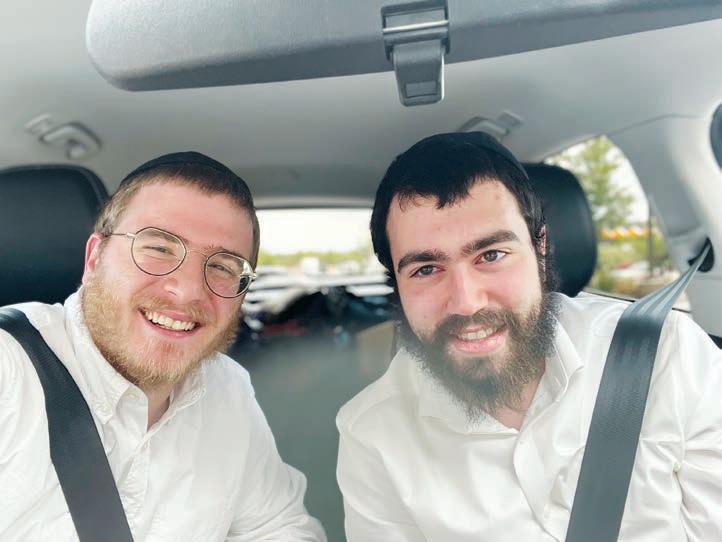
which was “connecting to every single Jew no matter where they may be or affiliation. He believed that we are all intrinsically one body, the entire Jewish nation.”
Slonim said he gets to experience this idea firsthand as he visits Arizona’s small towns. And this summer, in honor of the 120th anniversary of the Rebbe’s birth, Slonim said that he and Goldman have challenged themselves to meet and connect with at least 120 Jews. SEE ROVING RABBIS, PAGE 3
Michelle Worley has been with the School of Rock for a decade doing what she loves. See page 12. COURTESY
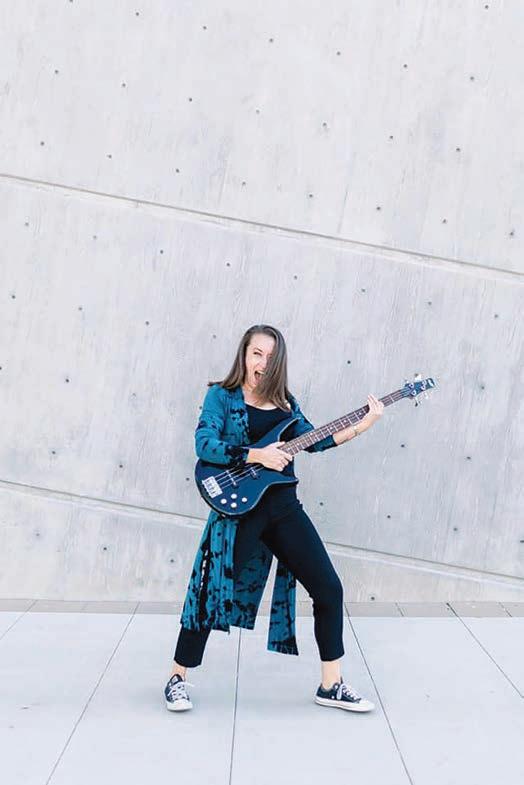
SEE HEBREW HIGH, PAGE 2
“We had amazing counselors, an amazing rabbi (and her family) and Myra is amazing — she helped so much,” said Lilly A., an incoming junior at Desert Mountain High School in Scottsdale. “The way this program is organized — everything is in perfect balance. We do so much community service but balance it out with going to the park, having fun, rollerblading and bowling.”

August 19*
September 9
The first stop on the trip was Flagstaff, where the teens made hundreds of sandwiches for people in need and worked in the warehouse of a food bank, packing snack and toiletry kits.
February 18
March 4
March 18
March 25
April 1
April 8
May
September 16
September 23
October 7
October 14**
October 21
October 28
November 4
November 18
December 2
In Nevada, at Three Square Food Bank, Care-A-Van participants organized and packaged more than 2,800 pounds of donated frozen meats, canned goods and produce, checking the quality and expiration dates.
“All the volunteering has been so important to me. As a single person, it feels like you can’t help much, but as a group, I could see that we really made a big impact,” said Noah G., an incoming junior at Saguaro High School in Scottsdale. “We packed lots of food, we helped out the homeless — we did so much!”
Also, in Nevada, the teens worked at Opportunity Village Thrift Store in Las Vegas, which employs adults with disabilities. Funke shared that this was her favorite spot on the trip.
“The teens came in to help clean up the store and focus on organization,” said
Funke. “These kids spent an afternoon hanging out in this huge thrift store, working alongside these disabled adults and creating a partnership of equality and possibility.”
In Utah, the group visited Globus Relief in Salt Lake City. There they packaged medical supplies to be delivered to Ukraine, Syria and other nations. Funke shared that many of the teens were surprised that their volunteer efforts were helping people in need worldwide.
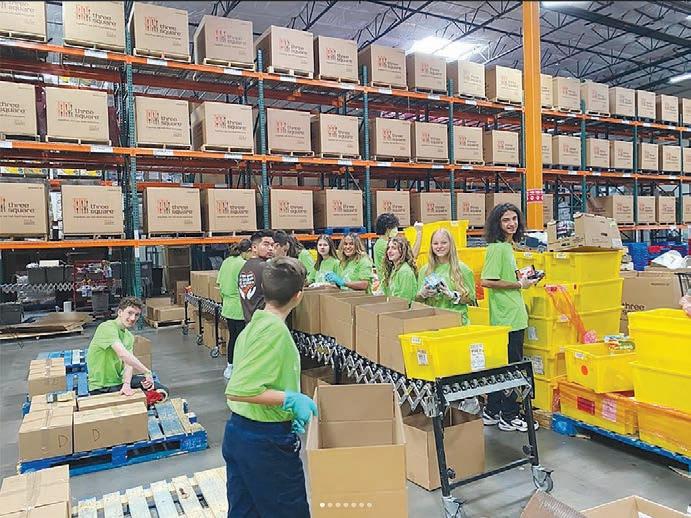
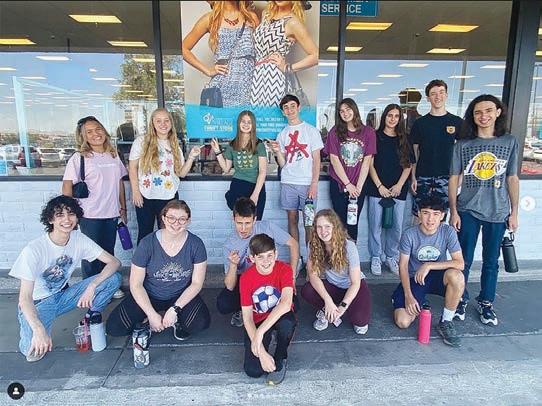
“I learned how much help this world needs,” said Lilly. “It was eye-opening that just a couple of hours can make such a big difference!”
After a day of service and travel, the group went to Lagoon Amusement Park in Utah. It was there that Funke realized what a bond the teens had made.
“I got a text message from our group and what did I see? Every single kid in the group decided that they were all going to eat dinner together,” she said. “This is a group that’s had every single meal together and one of the first times where they were free to go off on their little cliques or in smaller groups, but they stuck together.”
She commended them for their true sense of community, but when she returned an hour later to eat with her family and saw them all still hanging out, she told them to go ride some rides.
During Care-A-Van’s last stop in Colorado, the group painted fences, stained wood, planted trees and did yard work for Habitat for Humanity.
The group stayed in dorms at different college campuses, giving the teens a small taste of college life. For Shabbat, Funke led Friday and Saturday services with music, Torah study and discussions on values.
“Shabbat was really special and different,” said Sarah A., an incoming junior at Desert Mountain High School. “I learned about why we were doing it and how it can affect us.”
Lilly agreed, “The Shabbat experience was so special and something I will remember for the rest of my life. We felt so comfortable with each other while we learned so much. [Rabbi Aviva] led Torah studies that helped us recognize the power of our words and the true meaning and purposes of our lives.”
Registration is currently open for Hebrew High and Funke is excited about
12701 N. Scottsdale Road, Suite 206, Scottsdale, AZ 85254 Phone: 602.870.9470 | Fax: 602.870.0426 | editor@jewishaz.com | advertising@jewishaz.com subscriptions@jewishaz.com | www.jewishaz.com
PUBLISHER Jewish Community Foundation of Greater Phoenix


GENERAL MANAGER
Rich Solomon | 602.639.5861 rsolomon@jewishaz.com
MANAGING EDITOR
Mala Blomquist | 602.639.5855 mblomquist@jewishaz.com
ADVERTISING SALES CONSULTANT Jodi Lipson | 602.639.5866 jlipson@jewishaz.com


SUBSCRIPTIONS
602.870.9470 x 1 subscriptions@jewishaz.com
GRAPHIC DESIGNER Frank Wagner | 410.902.2300 ads_phoenixjn@midatlanticmedia.com
the programming she has planned for the fall.
“Our first mini-elective series is going to allow students to focus on one of the upcoming holidays for a deeper connection and a creative exploration through the lens of the holiday of their choice: Rosh Hashanah, Yom Kippur or Sukkot,” she said. “Then we’re going to have a course on gender and sexuality and we’re going to be doing this Dungeons and Dragons-inspired storytelling class.”
Funke likes to get the teens’ input on what interests them and plan accordingly. During the pandemic, they did a virtual murder mystery and last year, they
did color-war Maccabiah games and a Passover-themed escape room.
“We’re just constantly looking to push the boundaries of Jewish learning because even though these are fun events, they had to learn through the process,” said Funke.
Hebrew High also offers a once-amonth volunteer project as a way of connecting the summer trip of Care-AVan to the rest of the year. It enables the teens to get volunteer hours for National Honor Society or other programs that require them while contributing to society and building relationships.
“I’ve learned that volunteering is not a
one-time event. It’s something you can keep doing and do whenever,” said Sarah. “We can [give back] for the rest of our lives. I will say the volunteering has been really fun but spending time with the people in this group has been the best.”
“You can see that their relationships with each other were what the whole experience was about,” said Funke. “Creating these shared memories of being better together and helping the world together — and they did that.” JN
For more information, visit bjephoenix.org/hhoverview. Hebrew High welcomes all backgrounds of Jewish faith and offers scholarships and tuition support.
to the large number of people who have become supporters. This fall, Lake Havasu City, a town of roughly 55,000 people, will be getting a permanent Chabad center and rabbi. The rabbis have been visiting the city since its incorporation in 1978.
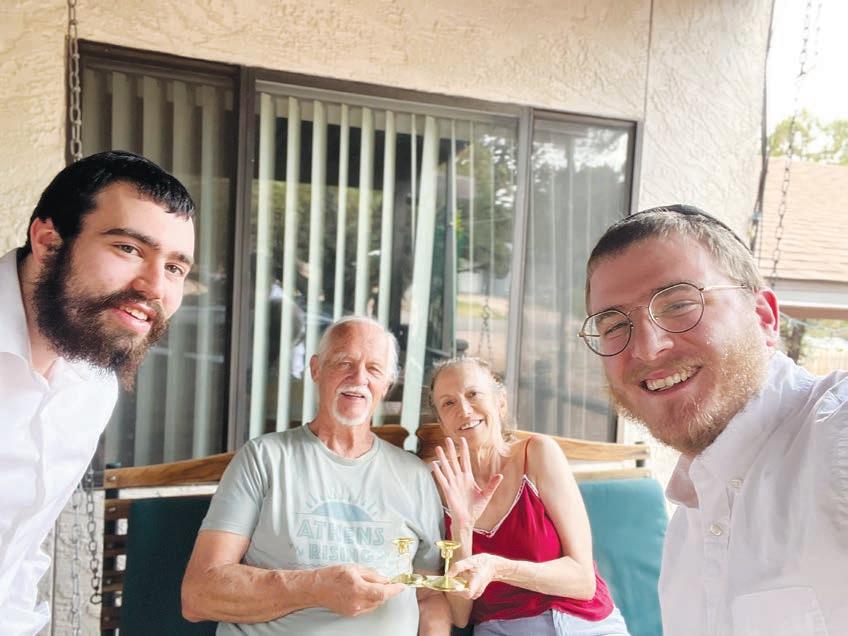
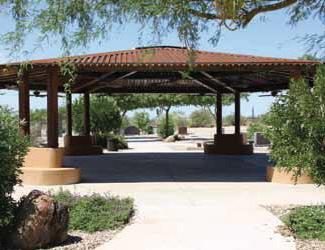
“It’s nice to see Jewish life in small communities,” Levertov said. “There’s a little bit of a thirst to meet another Jew.” He’s also begun testing out a beta program that pairs up people in a town with no synagogue, like Pine, with regular synagogue-goers in bigger cities. During the holidays, the latter will call the former to wish them well or even send a small gift.
One interesting thing he’s learned is that sometimes Jews go to small towns “to hide from their Jewish identity.” Even then, he said, “they’re usually happy to hear from us. They recognize we have driven for hours and they’re happy someone cares about them. Sometimes they just want to hear a Yiddish word.”
Rabbi Shlomy Levertov, director of Chabad of Paradise Valley, echoed that the Rebbe’s idea was to reach “every single Jew.” Levertov was moved by the experience when he was a roving rabbi more than a decade ago. While many people emphasize building synagogues and schools, he said, “we can’t forget about the one-on-one connection with those people who don’t come to those synagogues.”
This method of reaching people is atypical in that there are no pre-set appointments or planned meet-andgreets. The young rabbis, most of whom are yeshiva students on summer break, travel with only a list of names gathered from previous years or purchased from various Jewish organizations. Otherwise, they rely on their own moxie: Basically, it boils down to asking strangers if they know of any Jewish people or cold calling anyone in town with a Jewish-sounding surname.
Levertov said this technique almost
got him in some trouble in 2008. He and his partner were in Green Valley, an unincorporated community in Pima County, calling people, i.e., strangers, to try and arrange a visit. Quickly, people turned suspicious.

“I was almost arrested,” he laughed. “If you call enough Jews asking if they’re Jewish, eventually they’ll start wondering who’s asking about Jews and why. That’s when they call the cops.”
Luckily, Levertov was not arrested. Instead, he said, after he explained their purpose to people, “it ended up being a beautiful encounter.”
Much more frightening, he laughed, was driving the winding road between Cottonwood and Jerome at night.
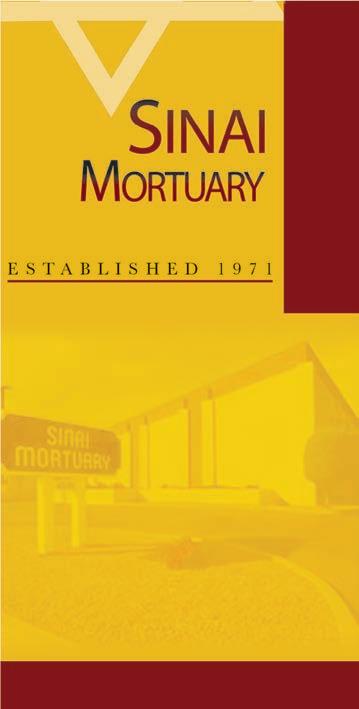
Jerome, in fact, was a perfect example of how their method sometimes works wonders, Levertov said. There, he said, “It’s so small, it’s shtetl-like, and we went into a cafe and asked if there are any Jewish people, and they’re like, ‘Come back at 5 when the Jewish plumber gets here.’”
Both Levertov and Slonim pointed to one big success of the program, in addition
And if people don’t want to talk to the rabbis, they simply don’t. Levertov said the rabbis don’t ask for money or bother people who aren’t interested. To his knowledge, nobody they’ve met through the years has taken issue with Chabad as an organization. Rather, he said, it helps to mention Chabad since most Jews have at least heard of it.
Slonim agreed. His experiences have been positive, perhaps none more so than when he and Goldman met a woman by chance in Washington, where they spent two weeks before coming to Arizona. They found her name through the local Jewish center and drove to her house on the chance she would be home. She wasn’t, but when they turned to leave, she pulled up.
She told them she was battling cancer. “She said she sees our meeting as a sign from heaven,” Slonim said. “It was very emotional and in these meetings we get to see what we’re reading about all year at school.”
When antisemitic conspiracy theories flooded Spanish-language media in Florida ahead of the 2020 U.S. election, some mainstream news outlets joined in amplifying them — then apologized for doing so.
A new effort initiated by Fuente Latina, a pro-Israel Spanish-language media group launched in 2012, aims to combat those ideas and prevent them from seeping into community discourse.
The Latin-Jewish Media and Entertainment Alliance launched last week with a goal of engaging journalists and influencers who reach Spanishspeaking audiences to portray Israel and the Jewish world accurately.
A prominent Mexican Jewish TV executive, Joshua Mintz, will lead the effort, which Fuente Latino founder and CEO Leah Soibel said in a statement is essential given the efforts underway to tell a different story to Spanish-language news consumers.
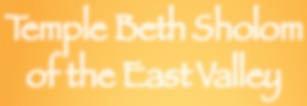

“We see firsthand how state-funded Spanish-language media networks like

Iran’s HispanTV and Russia Today en Español invest millions of dollars to purposely spread disinformation that fuels division, mistrust and antisemitism among Latinos worldwide,” she said.
Ahead of the 2020 election, for example, Radio Caracol, a well-regarded Colombian radio network, hosted someone who claimed that American Jewish financier George Soros is “the world’s biggest puppet master” and ran a 16-minute paid segment claiming that if Joe Biden won the election, it would lead to a dictatorship in the United States run by “Jews and Blacks.”
The radio station subsequently apologized, as did the Miami Herald newspaper around the same time after it published a column filled with antisemitic and racist material. An editor resigned in that case.
But efforts to import antisemitic and racist ideas into Hispanic communities have continued since, according to Soibel, who said the cost of allowing those messages to take hold could be high.
“In recent years, both Hispanics and Jews have been the targets of disinformation and discrimination campaigns in both legacy media and online platforms,” she said. “Digital animosity often escalates into deadly attacks.”
So far, more than 180 LatinAmerican media and entertainment industry professionals from all fields have endorsed the initiative, including celebrated actors, telenovela stars, podcasters, TV hosts, producers and directors. The celebrities who have lent their names to the effort include Lucia Mendez, Oswaldo Rios, Aylin Mujica, Fernando Allende, Ismael Cala, Enrique Santos, Marjorie De Souza, Leila Cobo, Ninel Conde,
media coverage, research and engagement of Latin American Jews about Israel, the Middle East and Jewish issues. Soibel formerly worked at The Israel Project, an effort to promote Israel’s image in U.S. media.
Mintz, the executive tapped to lead the effort, has worked with all of the major Latin American media companies, including Telemundo, Televisa and Univision. His wife, the former telenovela star Sarah Mintz who converted to Judaism and moved with him to Israel, is among the celebrities to have signed on.
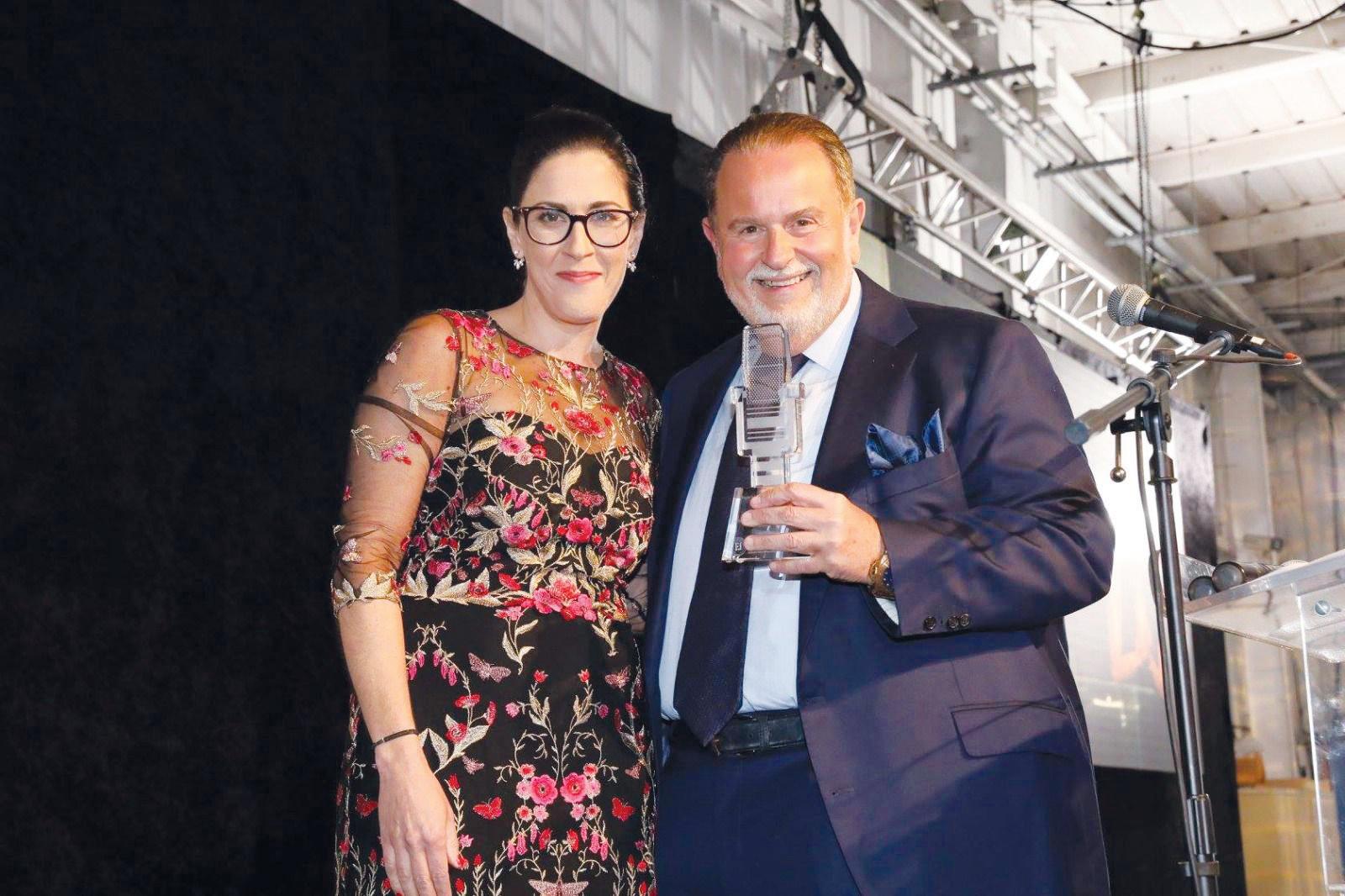
Mintz said in a statement that Fuente Latina has a unique role to play in building

and Latinos alike. A “unity statement’ that is the group’s first concrete action notes that Jews and Latinos rallied in solidarity after a shooter animated by racist conspiracy theories murdered 23 people at an El Paso, Texas, Wal-Mart in 2019 and that similar displays of solidarity are needed going forward.
“The entertainment industry’s responsibility in the fight against inequality is fundamental, which is precisely why this alliance is a big step,” he said. “As media and entertainment professionals, we are uniquely positioned to generate much-needed change, make an impact and take a stand against new manifestations of ancient hatred.”
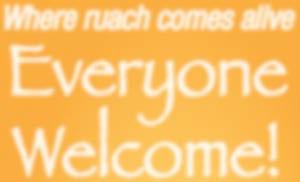
THE
12/08/22 – 12/23/22
THE WICKHAMS: CHRISTMAS AT PEMBERLEY

02/16/23 – 03/05/23
THE GLASS MENAGERIE BY
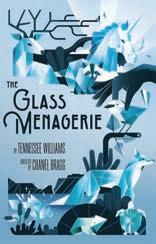
03/30/23 – 04/16/23
PRU PAYNE BY
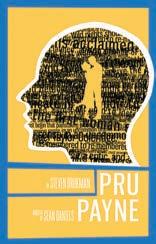
A life-a irming story of love, (memory) loss, and dealing with it all
05/11/23 – 05/28/23
PRIVATE LIVES

BY Noël Coward Can’t live with ‘em, can’t live without ‘em
06/29/23 – 07/16/23
A big-hearted, fierce, music-filled comedy
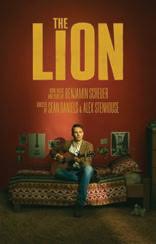
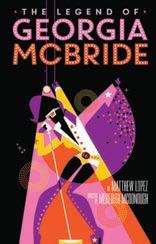

Featuring Tony Award-winning artists, Drama Desk Winners, New York Times Critics’ Picks, West End favorites, and bestloved Arizona locals. See
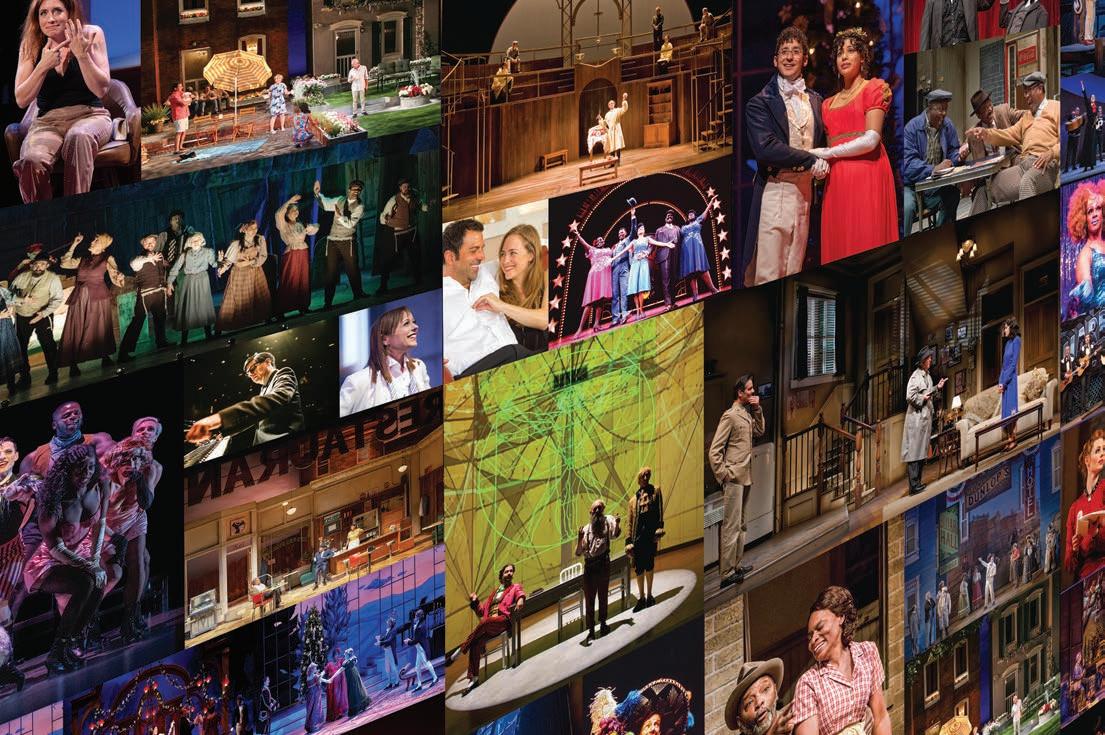
The Jewish month of Av is home to two holidays that, due to their proximity to each other and their similar names, are sometimes confused.
But Tisha B’Av and Tu B’Av could not be more different, with one being a somber day of mourning and the other being a celebration of love.
Phoenix Jewish News, an award-winning publication that has been in circulation since 1948, is looking for a full-time sta writer. Jewish News is a publishing project of Mid-Atlantic Media and as an employee of Mid-Atlantic, you would have the opportunity for multiple bylines across the U.S. The o ce of the Jewish News is located in the Valley of the Sun Jewish Community Center, a warm and welcoming atmosphere that enables the writer to be immersed in the community we cover.
REQUIREMENTS:
• 1-3 years of experience in news writing (bachelor’s degree in journalism or communications preferred)
• Solid verbal, written and interpersonal communication skills
• Familiarity with AP Style
• Able to meet strict deadlines
• Digital media experience
• Social media experience
• Photography experience, Adobe InCopy experience, familiarity with the Jewish community a plus
PAY AND BENEFITS:
• $36,000/year
• Health insurance (half paid by employer)
• Paid time o
• Federal and major Jewish holidays o

RESPONSIBILITIES:
• Produce 8-10 pieces of content weekly (articles, social media posts, videos)
• Conduct interviews and pitch topics
• Create Facebook, Twitter and Instagram posts
• Post articles to website database and Adobe InCopy
• Compile calendar listings for print and web

• Proofread articles and pages prior to print
• Discount membership to JCC (gym, pool, classes)
To apply, email a cover letter, resume and recent clips mblomquist@midatlanticmedia.com
No phone calls, please.
Tisha B’Av occurs a few days before Tu B’Av does, on the ninth of Av — this year, from the evening of Aug. 6 to the evening of Aug. 7. The holiday’s name means the ninth of Av. According to chabad.org, it’s known for being one of the saddest days on the Jewish calendar and serves as a reminder of the hardships that the Jewish people have faced.
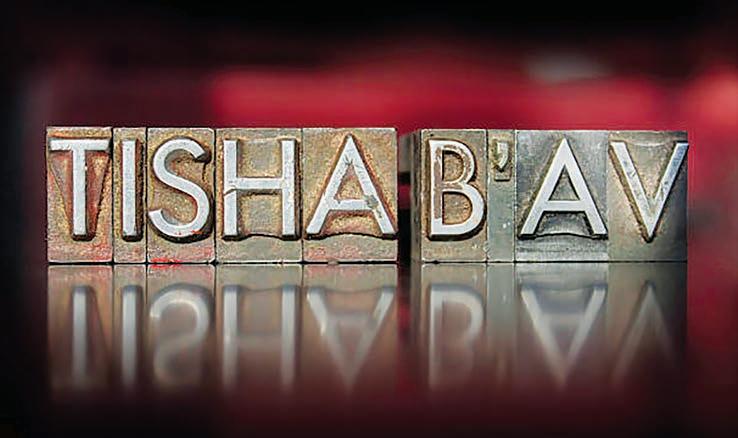
Multiple tragic events have occurred on Tisha B’Av historically, including the destruction of Solomon’s Temple and of the Second Temple years later. Other events observed during Tisha B’Av include the exile of Jews from England, the killing of the Jews in York and modern-day events like the Holocaust.
“It is traditional on Tisha B’Av to act as if we are mourning or afflicting ourselves — sitting on the floor, dimming lights, fasting and refraining from bodily pleasure,” said Rabbi Emily E. Segal, senior rabbi at Temple Chai. “As the sun sets the conclusion of Tisha B’Av, we rise up, step out of mourning and return to life. We are reminded that while our history has been marked by difficulty and oppression, we were not defined by it then, nor are we defined by it now. We are defined by how we live, how we grow stronger and how we are uplifted by our tradition and by our community.”
Jews observing the holiday read the Book of Lamentations while sitting on
the floor and abstain from a number of things during Tisha B’Av. Many fast for the entire period, do not wear leather and refrain from sexual encounters because it is not an appropriate time to have them. Swimming and bathing for pleasure are also discouraged.
“Contending with tragedy and finding ways to grieve and to move forward is an essential aspect of the emotional landscape of Jewish life,” said Segal. “While so many of our holidays celebrate the joy of peoplehood and community or victory over oppressors, Tisha B’Av allows us the space to mourn the losses our people has experienced and to contend with the darker periods in our history.”
On the other hand, there’s Tu B’Av, a much more lighthearted holiday with a less religious bent. Taking place on the 15th of Av every year (and with a name that similarly means the 15th of Av), Tu B’Av is commonly referred to as “Jewish Valentine’s Day” due to its associations with romance. It is said to be a lucky day for weddings, so many couples make it a point to have their wedding that day. This year, Tu B’Av begins the evening of Aug. 11 and ends the evening of Aug. 12.
Like many other Jewish holidays, it initially started as a harvest festival, one meant to celebrate the beginning of the grape harvest, with Yom Kippur marking its end. But the date still had romantic significance even outside of the harvest, according to sefaria.org’s text on the two holidays.

The 15th of Av is also noted as the day when the members of Israeli tribes were finally able to marry outside of their tribe, according to My Jewish Learning. Previously, romantic prospects were limited to those within one’s

tribe, but Tu B’Av marked the lifting of these restrictions.
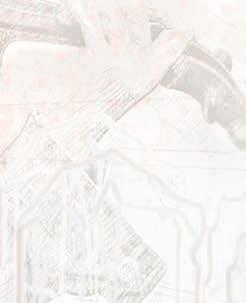
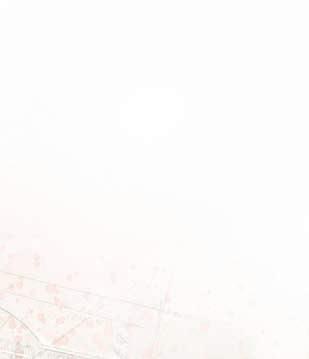
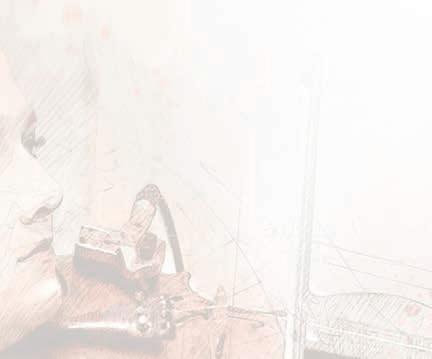
Because of that, the holiday was once a popular matchmaking day for young unmarried women. In accordance with this and the grape harvest, it was traditional for them to dress in white and dance in the vineyards to celebrate.
Tu B’Av’s first mention in the Mishnah (Jewish collection of oral tradition) by Rabban Shimon ben Gamliel makes reference to this custom.
In modern times, there are no particular rituals associated with Tu
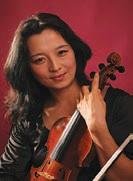
tells us there are seven joyous events that happened on this day,” said Rabbi Levi Levertov, executive director for Smile on Seniors AZ. “The significance of the various joyful events having occurred on the 15th of Av each mark an ascent out of the depths of the saddest date in Jewish History, the ninth of Av, the day both Temples were destroyed. This signifies the Jewish renewal and rebirth.”
The Shabbat directly following Tisha B’Av is called Shabbat Nachamu, drawn from the first words of the haftarah portion, Nachamu Nachamu Ami, “Take

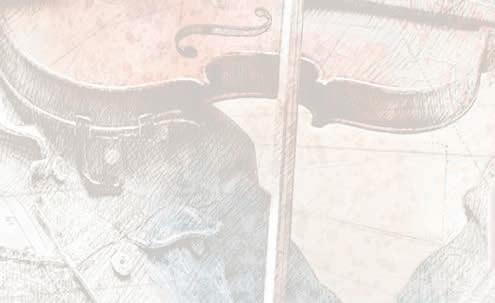
B’Av, but it is a popular marketing opportunity for the entertainment and beauty industries in Israel. The holiday is fairly commercialized, akin to Valentine’s Day, though to a lesser extent.

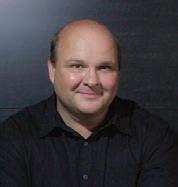
Tu B’Av’s religious significance is minimal — it has no formal status as a holiday, and the only religious change made for it is that Tachanun, the confessional prayer, is not mandatory on Tu B’Av. Couples getting married also do not have to fast if their wedding takes place that day, according to chabad.org.
So if the two holidays are so different from each other, why are they so close together? The stark difference in tone between Tu B’Av and Tisha B’Av may actually be the reason.
“Our sages tell us that the 15th of Av is one of the two greatest holidays of the year. Yet, they share no special observances for the day. The Talmus
comfort, take comfort oh my people” (Isaiah 40:1).
“No sooner have we mourned than we seek out comfort and comfort one another. One of the central messages of our Tanakh is that we are never so far gone – as individuals, as a community, as a world – that we cannot heal what is broken and return in comfort to God and to each other,” said Segal. “Shabbat Nachamu and Tu B’Av following so closely on the heels of Tisha B’Av is our tradition’s way of reminding us that that flourishing will follow struggle as day follows night. One of my very favorite texts reminds us of exactly this: ‘You turn my mourning into dancing; you have removed my sackcloth and have girded me with joy.’” JN
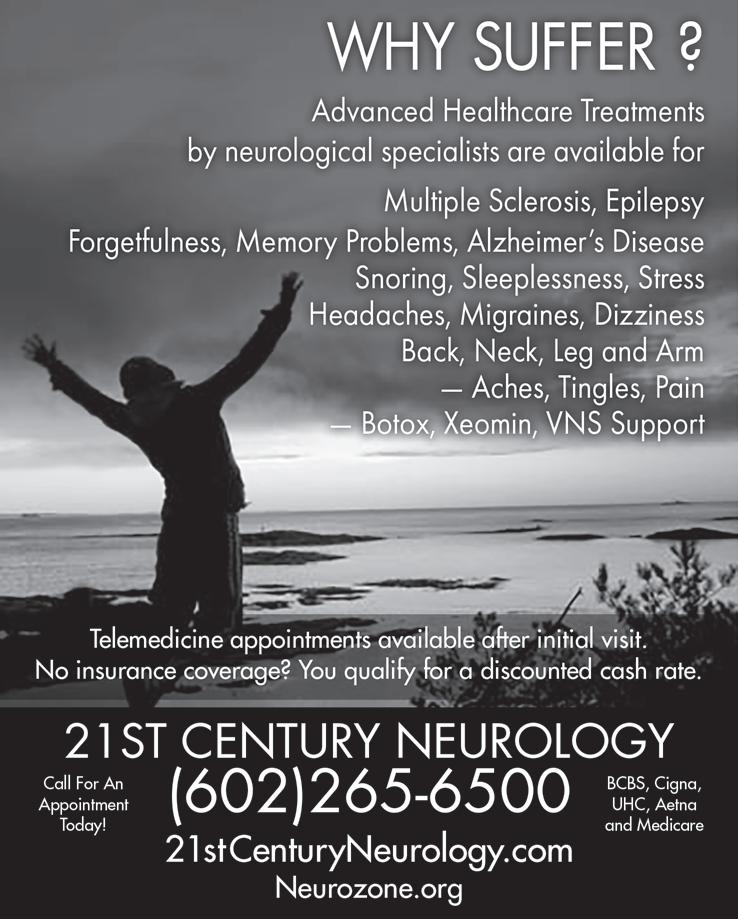
There’s a lot of uncertainty surrounding the Jewish Agency for Israel office in Moscow. Here is what we know: Last month, Russia’s Justice Ministry called for the Jewish Agency to end operations in that country. Last week, a Russian court held a preliminary hearing on the Justice Ministry’s application to close the office. The next hearing is scheduled for Aug. 19.
The Jewish Agency is the quasigovernmental body that, among other things, helps Jews immigrate to Israel. Russian Jews need the Jewish Agency presence in their country to help facilitate aliyah efforts, which have surged since Russia invaded Ukraine.
The potential closing of the Jewish Agency office in Moscow is serious business — a move that would have significant symbolic as well as practical implications. The threatened closure brings to mind the dark decades of the Soviet Union when Jews were barred from leaving that country and were punished for trying to do so. That changed in the 1980s, when the Iron Curtain parted to allow emigration. Since 1989, some 1.7 million Jews have emigrated from the
Former Soviet Union, with more than a million of them going to Israel.
Russian authorities have explained the request for closure based upon the assertion that the Jewish Agency’s collection of immigrant data violates Russia’s privacy laws. But no one takes
Vladimir Putin and Ukrainian President Volodymyr Zelenskyy and sought to mediate potential peace talks between Ukraine and Russia. That never happened. But even as Bennett was playing the neutral, his foreign minister was vocal in joining Western condemnation of
THE POTENTIAL CLOSING OF THE JEWISH AGENCY OFFICE IN MOSCOW IS SERIOUS BUSINESS — A MOVE THAT WOULD HAVE SIGNIFICANT SYMBOLIC AS WELL AS PRACTICAL IMPLICATIONS.
that claim seriously. Instead, most agree that the move is retaliation for Israel’s new leadership, headed by Prime Minister Yair Lapid, speaking out against Russia’s unprovoked invasion of Ukraine. When Russia first invaded Ukraine, Naftali Bennett was Israel’s prime minister and Lapid was foreign minister. Bennett sought to position himself as a neutral.
He traveled to Russia early in the war to meet with Russian President
When Yair Lapid became the caretaker prime minister of Israel on July 1 — a position he will hold at least until the next round of elections scheduled for November — he offered a simple yet profound statement of his vision for Israel: “Jewish, democratic, liberal, big, strong, advanced and prosperous.”
Lapid is a political “centrist.” He is a secular Jew from the “Tel Aviv bubble” — something akin to the East Coast or Beltway elite. His is a patriotic Zionist who supports the establishment of a Palestinian state. He believes that the Israeli economy must be based on freemarket principles. And, despite very real, existential threats from Iran — which he pledges to monitor closely — he does not believe that the whole world is against Israel.
Lapid’s vision for the Jewish state is full integration into the world community while continuing to strengthen Israel’s close relationship with the United States. He recognizes Israel’s responsibility to help lead the worldwide struggle against antisemitism, which is also tied to efforts to delegitimize the Jewish state.
Lapid’s speech was inspiring. But,
understandably, it lacked a clear game plan for fulfilling his vision. He is, after all, working with the same fragile, disparate coalition government as former Prime Minister Naftali Bennett — a construct which was largely orchestrated by Lapid himself a little more than a year ago,
Russia’s aggression.
Another cause for mounting tension is Russia’s increasing embrace of Iran, a country whose leaders regularly call for Israel’s destruction. Last month, Putin traveled to Iran for talks with Supreme Leader Ayatollah Ali Khamenei. This was Putin’s first visit to a country outside the former USSR since the invasion of Ukraine and it sent a clear message.
Israel is watching these developments closely. Lapid has warned Russia against closing the Jewish Agency office, saying that doing so would hurt the relationship between the two countries. Israel wants to send a diplomatic team to Russia to discuss the issue, and that’s a good idea. This is not a matter that should be debated by the parties on the public stage. It is a serious matter that requires careful diplomacy that can only be handled in private. And diplomatic navigation will likely require acceptance of the fact that, in a world of bad choices, it is more important for Russian Jews to have access to a Jewish Agency office than to have Israel join the Western boycott of Russia. Quite simply, Israel must avoid poking the Russian bear. JN
In the article “Jewish candidates on the primary ballot,” July 29, 2022, Paul Weich was inadvertently omitted in the list of candidate. Phoenix Jewish News regrets this error.
than any other coalition partner, Lapid agreed not to become prime minister and to give the prize to Bennett, of the much smaller, ultranationalist Yamina party. If their government lasted more than two years, or if their government fell and Yamina was part of the reason, Lapid
YAIR LAPID IS ISRAEL’S 14TH PRIME MINISTER. HE IS THE COUNTRY’S FIRST NON-RIGHT-WING LEADER IN TWO DECADES, AND ONE OF THE FEW ISRAELI PRIME MINISTERS WITHOUT SIGNIFICANT MILITARY EXPERIENCE.
in the then-successful effort to prevent Benjamin Netanyahu from returning to power.
In the process of forming the Bennettled government, Lapid did something audacious. Even though Lapid’s Yesh Atid party had more elected Knesset seats
would become prime minister. That’s what happened.
Lapid is Israel’s 14th prime minister. He is the country’s first non-right-wing leader in two decades, and one of the few Israeli prime ministers without significant military experience. And his rise to power
was also atypical. Lapid is a former TV journalist and news anchor, who many initially dismissed as an intellectual lightweight, who lacked the experience to navigate the complexities of national politics, and too good looking. But he persevered. And he has been remarkably successful. After the 2013 election, Lapid joined Netanyahu’s government and became finance minister, only to be fired along with fellow moderate Tzipi Livni. He then settled into opposition until the 2021 election, which enabled him to be the kingmaker and chart his own political course.
As caretaker prime minister between now and November, Lapid will have the political bully pulpit of the prime minister’s office. He will have the opportunity to convince voters that their future is brighter with his moderate policies than they are with the right-leaning politics of Netanyahu and his political allies. On that score, Lapid has an uphill battle. But he has surprised us before, and he could do so again.
In the interim, we wish Yair Lapid much success. JN
We are a diverse community. The views expressed in the signed opinion columns and letters to the editor published in the Jewish News are those of the authors. They do not necessarily reflect the views of the officers and boards of the Jewish Community Foundation, Mid-Atlantic Media or the staff of the Jewish News. Letters must respond to content published by the Jewish News and should be a maximum of 200 words. They may be edited for space and clarity. Unsigned letters will not be published. Letters and op-ed submissions should be sent to editor@jewishaz.com.
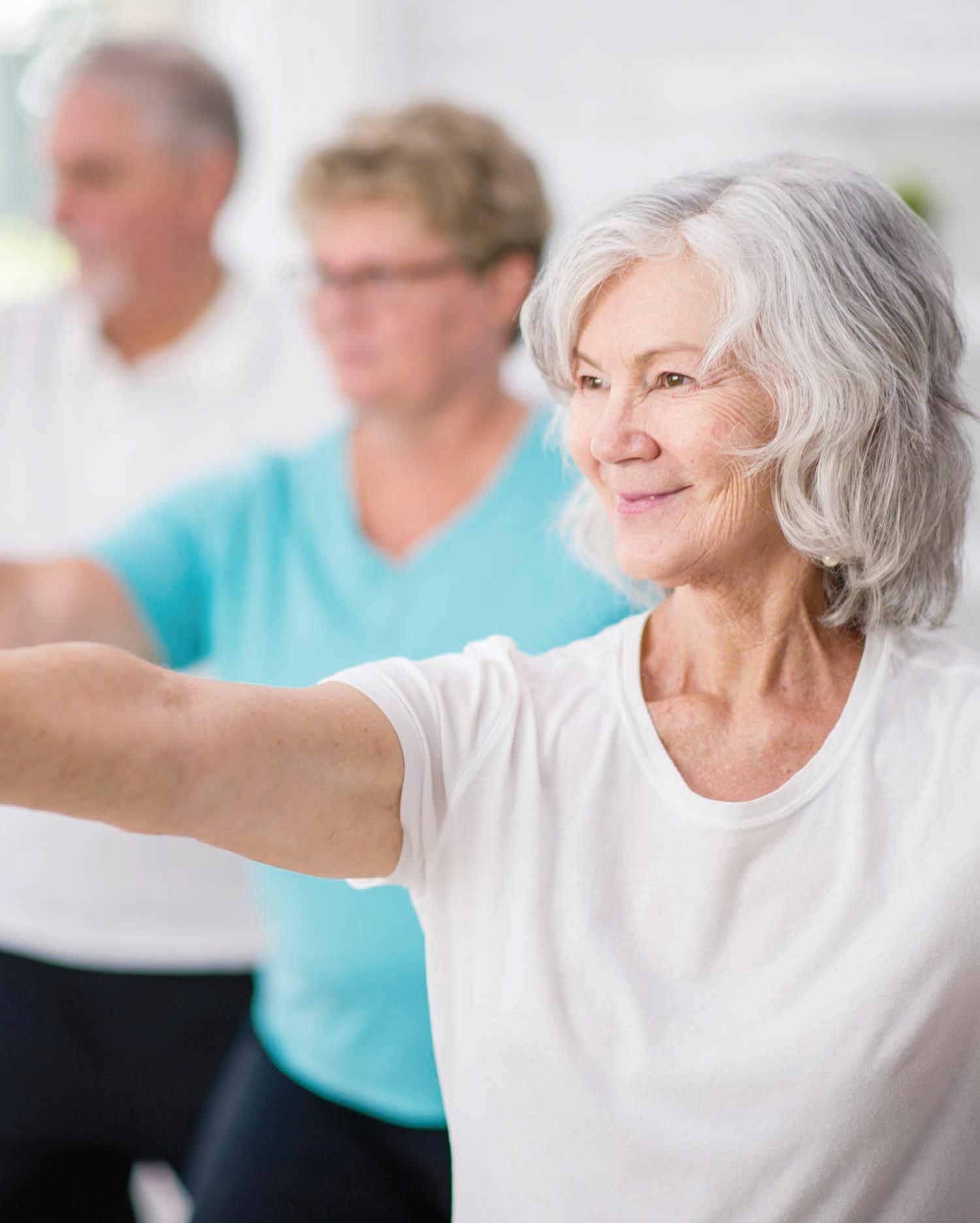


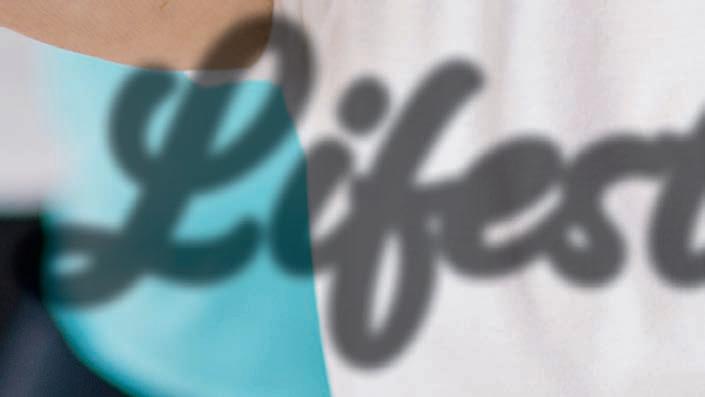
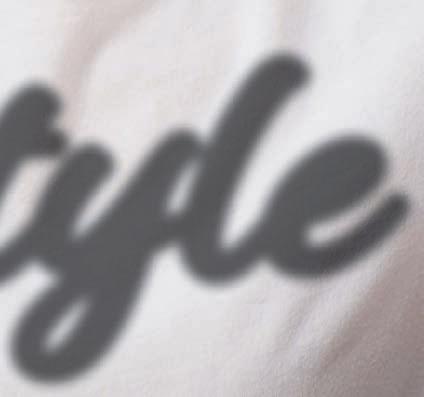
"I took a bad fall. The service Alert1 provides is PRICELESS! I would highly recommend your company to everyone.
I feel confident that when I am alone, I am protected by people who care."
-- Rachel, Alert1 Member, 2021
• 1 in 4 seniors falls at least once a year
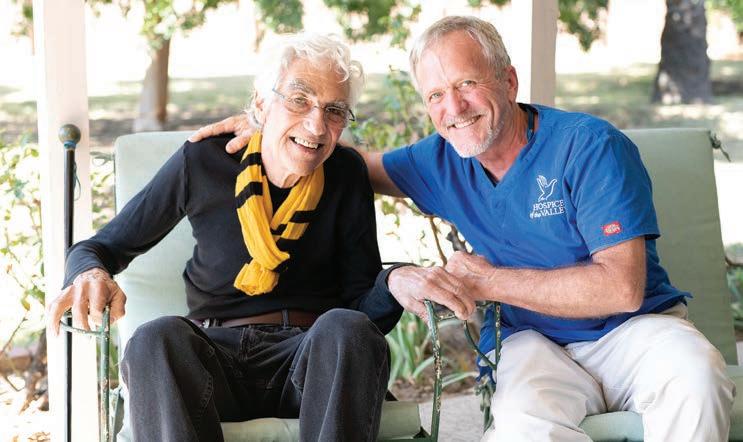

• Falls are the leading cause of injury for senior citizens
• In-Home, On-the-Go, and Fall Detection Medical Alert Systems start at just $19.95 per month!
Affordable Independence. Protection and Peace of Mind. Call 888-520-9113 today or visit Alert-1.com
n the summer of 2020, the Valley of the Sun Jewish Community Center (The J) in Scottsdale faced a pandemic-driven challenge: keeping their members engaged in fitness. As a result, they got creative. At a time when many gyms were closing due to COVID19, The J offered members a safe and distanced option to work out outdoors — in the pool. That’s when “aqua cycle” classes launched and the program immediately exploded in popularity. In fact, The J ordered a larger fleet of bikes and trained more instructors to accommodate the demand.
“The best way to explain aqua cycle is to experience it,” said Kim Weber, aqua cycle instructor. “Riders are
SPECIAL OFFER: 12 months for the price of 10! Call for details. Use promo code:
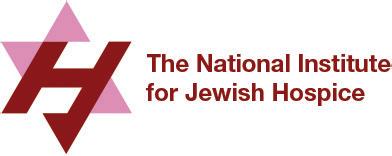
Medical Alert Systems


buoyant and encouraged to create their personal aquatic equilibrium using the water as resistance. The exercise is easy on the joints, builds muscle and core strength, boosts circulation and blazes through calories.”
According to Weber, the resistance of the water acts as a “massage” for the body’s lymphatic system. They have riders of all ages (age 16 and up) and all fitness levels — prehabbers, rehabbers and everyone in between.
“The water is invigorating as I take the plunge, mount my bike, place my feet in the cages and begin cycling,” said Barbara Grossman. “Aqua cycle works each part of my body, pushing through the water, strengthening my legs, core,
arms and glutes. We all encourage and support one another. And the best part of it all is seeing and feeling the results.” Grossman shared that she couldn’t think of a better way to begin a Monday morning than during this fun, feel-good, 45-minute class.
Aqua cycle classes are offered several times during the week, rain or shine, year-round. The J’s heated, outdoor swimming pool stays at a perfect riding temperature of 82.5 degrees during the winter months. Classes are under an hour and include underwater stretching at the conclusion of each class.
“I was first introduced to aqua cycle at The J during the pandemic when all the indoor fitness classes were canceled
and everything around town was shut down,” said Shari Kanefsky. “I found this class to be amazing because not only was it a lot of fun to ride a bike outdoors in water, but the movement in the water gave me an excellent, full-body workout with no added stress or impact on my joints…I felt great after every aqua cycle class.”
Like Kanefsky, Betsy Kaufman discovered aqua cycle when it was one of the only in-person classes being offered during the pandemic. “My regular participation in the aqua cycle class over the course of two years has greatly improved my core strength which has made my balance so much better,” said Kaufman.
“RIDERS ARE BUOYANT AND ENCOURAGED TO CREATE THEIR PERSONAL AQUATIC EQUILIBRIUM USING THE WATER AS RESISTANCE. THE
BUILDS MUSCLE
CORE STRENGTH, BOOSTS CIRCULATION AND BLAZES THROUGH CALORIES.”
KIM WEBER, AQUA CYCLE INSTRUCTOR
Consistent riders say their endurance levels have dramatically increased, uniquely equating to something different for every rider; taking the stairs instead of the elevator, improving performance on the pickleball court, prepping for a bicycle trip in Europe and even hiking a mountain. Space is limited to eight participants per class.
“I am a capital letters HUGE fan of aqua cycle! It is so beneficial and covers most aspects of the exercise ‘game plan’ — cardio, strength training, stretching, joint health — and it is fun!” said Libbie Gibson. “I also love that falling is never an issue when taking an aqua cycle class because we are safely seated on our bikes in the water.”
A steady stream of upbeat music accompanies the class and even though they are in the water, riders work up a sweat. In addition, because classes are held in the outdoor swimming pool under the intense sun, many riders wear long-sleeve swim shirts over their bathing suits, sun hats or baseball caps and sunglasses. JN
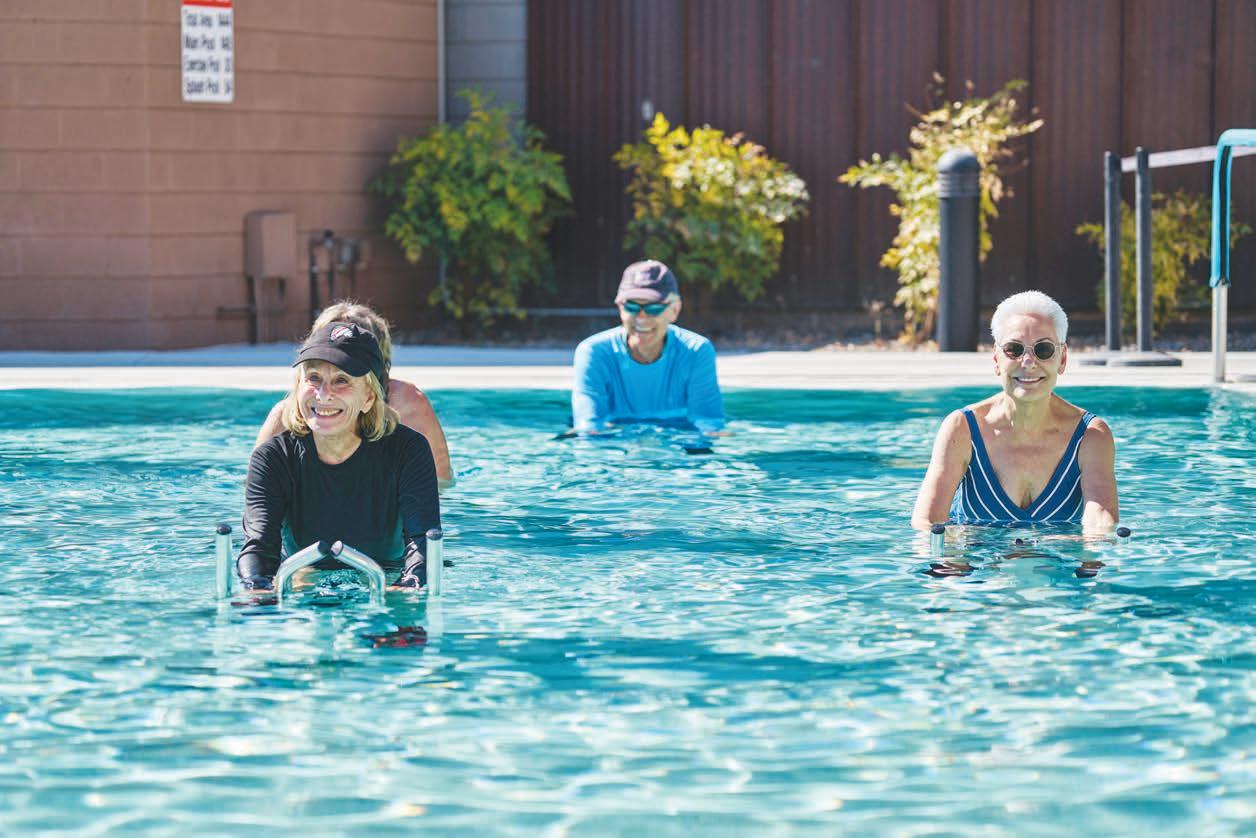
For more information about aqua cycle classes at The J, contact Hannah Patrick, fitness director, at 480-481-7015, hannahp@vosjcc.org or visit vosjcc.org.
Sometimes people confuse moving to a retirement community with a loss of independence. But for many, it is the exact opposite, they actually gain more freedom. Today’s retirement communities are for people who want to maintain their independence, expand their horizons, and make their own decisions. So, before you say “I’m not ready” take a good look at Maravilla Scottsdale retirement community and consider these five things when making a decision about senior living.
As we age, our social circles can change. A retirement community can o er options to join in with peers as well as those of all ages, allowing you the choice of connecting with someone new or exploring a new interest.
Enjoy the convenience of maintenance-free living with less home care and housework. No need to worry about driving, scheduled transportation options are available. Enjoy restaurant-style dining with delicious made-to-order menu choices without having to worry about the hassle of shopping or preparing daily meals. And should you want specialized nutritional choices, there are a variety of menu options catering to di erent needs. Now is the time to experience the freedom a service-enriched community can o er you.
Whether downsizing or considering a single level floorplan, most people need to make housing adjustments as they grow older. You’ve planned ahead your whole life, so don’t wait until you have to make a decision.
We o er vibrant, fulfilling lifestyle options that can support many needs, from Independent Living to full continuum of Assisted Living and Memory Care services. In addition, you’ll find access to preemptive and preventative wellness strategies to keep you feeling fit and strong, rehabilitative services to help you heal and feel better, faster.
It’s all about living life with zest and finding new ways to enjoy it. Explore the possibilities with a calendar of inspirations all curated by a full-time activities concierge.
We invite you to learn more about the many exciting experiences waiting to be discovered at Maravilla Scottsdale retirement community. Visit us at MaravillaScottsdale.com or call us at 480. 269.1952 to schedule your personal tour.
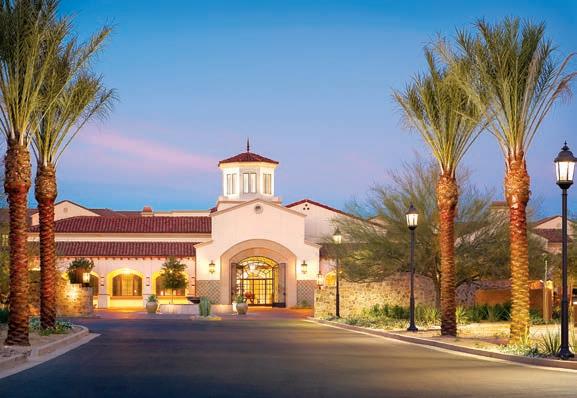
As part of Arizona State University’s ongoing efforts to study the impact of Alzheimer’s disease and dementia disorders, researchers are looking for current caretakers of Alzheimer’s and dementia patients to see how they manage the stress of caregiving. According to an AARP study, 1 in 5 people in America, almost 53 million people, are unpaid family caregivers.
The Centers for Disease Control and Prevention calls these caregivers “the backbone of long-term, in-home care,” noting that while this role can be rewarding, it can also lead to negative health consequences. So, who cares for the caregiver? That’s where Linda Larkey, Ph.D., a faculty member and researcher at Arizona State University’s Edson College of Nursing and Health Innovation and the ASU CARES study team, comes in to examine how caregivers recharge physically and emotionally to keep going.
“The caregivers come into the study and then they experience these interventions to help them with their stress of the caregiving and the caregiving burden experience,” said Larkey.
The ASU CARES project is a completely online, nationwide study for caregivers ages 18 years and older who are caring for someone who is in any stages of dementia or Alzheimer’s. The project lasts for 13 weeks, participation is entirely voluntary and participants can earn up to $75 in gift cards.
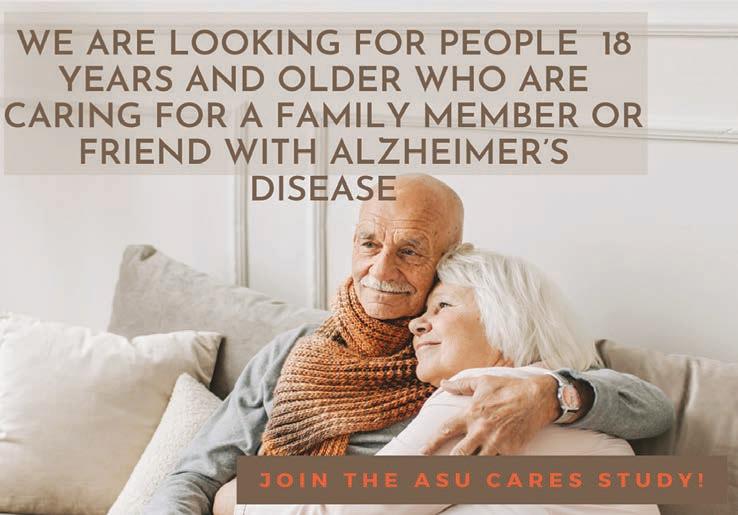
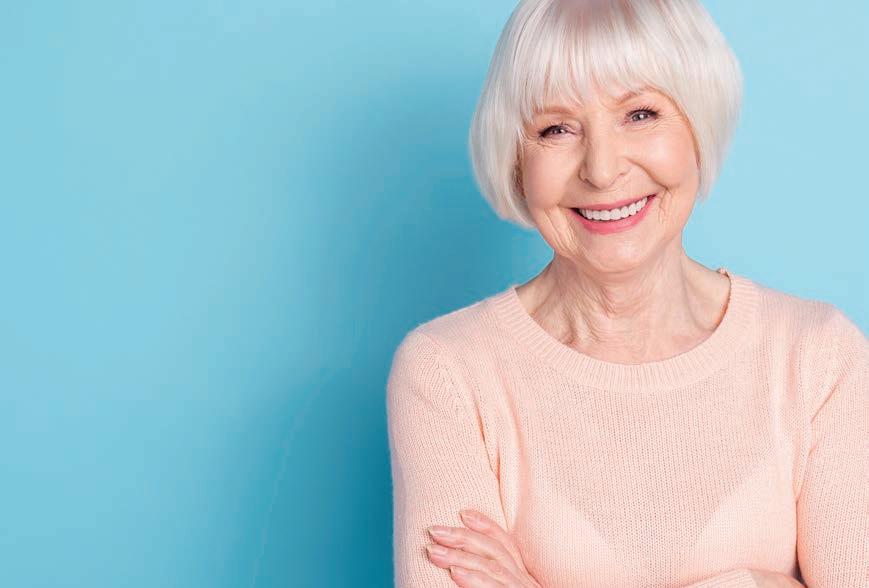
Even though the project is randomized, Larkey said that everyone will get something of value out of participating. One intervention that they expect will be effective is a breath-focused technique and another involves listening to music.
Participants will also receive devices to help measure some of the things occurring within the neurophysiological system. “So it’s not just, ‘Do you feel like you think you might feel better?’ We have an objective measure that uses a sensor that works with the pulse and is able to detect things about how the autonomic nervous system is functioning,” said Larkey.
Larkey, who has been involved with cancer research for the past 30 years, has used some of these interventions before in a hospital setting with medical professionals.
“I thought this would be really helpful for the person at home; this is just so simple,


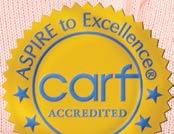
anybody can use it,” she said. “You can begin to work with your own practices and get feedback. So you can see how you’re doing and it’s only 10 minutes a day that we ask people to engage. But it begins to change your nervous system when you practice it.”
It’s a novel approach for the caregiving population, so the team was able to get funding through a seed grant for new research. Larkey has volunteer and parttime students in her lab and she stated that “an undergraduate student to learn how to follow the procedures of a research
project is an extraordinary investment of time.”
Larkey noted that there’s a lot of research on helping those with dementia but the research has neglected the caregivers.
“I’m working with my colleague Dara James, Ph.D. [co-principal investigator] and she’s moving more into work with Alzheimer’s,” she said. “So we decided to work specifically with the caregivers because that’s such an unmet need. Their stress is phenomenal.” JN
For more information, contact 602-496-2329 or edsonCARES@asu.edu.
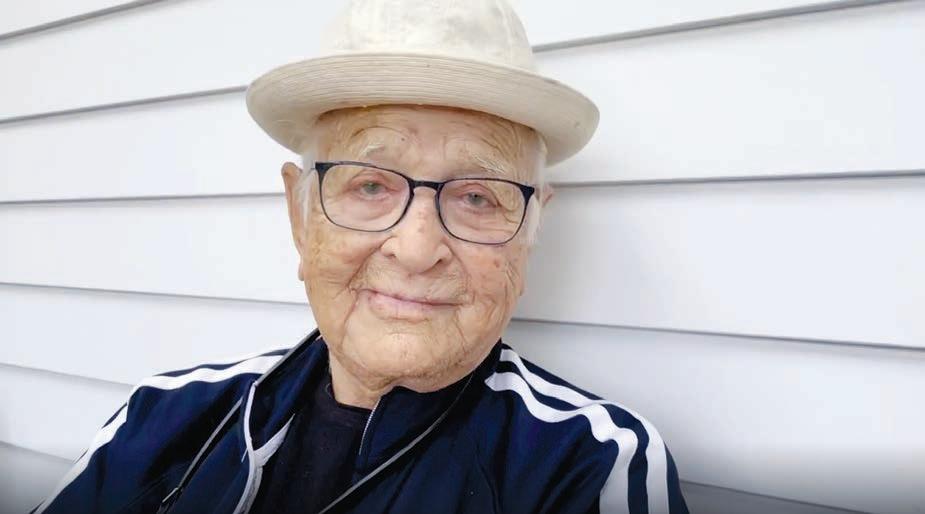 ANDREW LAPIN | JTA
ANDREW LAPIN | JTA
Jewish comedy titan Norman Lear turned a century old on Wednesday, July 27, and he’s still got a spring in his step.
Lear took to Instagram to reminisce the day before his 100th birthday with a video, singing a lick from the classic tune “That’s Amore,” recalling how he once worked for Dean Martin singing the same during the Colgate Comedy Hour in the 1950s.
On a post shared on his Instagram (@thenormanlear), Lear told his 44,000 followers, “My God, the miracle of being alive with everything that’s available to us.”
The decorated creator of “All In The Family,” “The Jeffersons,” “Sanford and Sons” and a host of other groundbreaking TV sitcoms, Lear has lived and worked through just about every era of Hollywood comedy. He reached his 100-year milestone a few
years ahead of peers Mel Brooks and Dick Van Dyke (both 96). But he’s had to say goodbye to other beloved longtime colleagues, including Carl Reiner (who died in 2020 at age 98), talent manager George Shapiro (who died in May at 91) and Betty White (who died on New Year’s shortly before her own 100th birthday).
Lear got his own documentary in 2016 and has received a Kennedy Center honor, as well as just about every other award under the sun. Yet he hasn’t been content to rest on his laurels even at 100. He currently co-hosts “Live In Front Of A Studio Audience,” a series of TV specials in which celebrities recreate episodes of his old sitcoms, and he also executive-produced the recent remake of his show “One Day At A Time,” as well as last year’s documentary
“Rita Moreno: Just A Girl Who Decided To Go For It.” Some of Lear’s
other series, including “Good Times” and “Mary Hartman, Mary Hartman,” are set for upcoming remakes, as well.
Lear beacame a bar mitzvah in his native Connecticut, and he recalls that hearing antisemitic preacher Father Coughlin on the radio as a child helped fuel his interest in political activism. Since the 1970s, he has donated large sums to progressive causes and in 1981
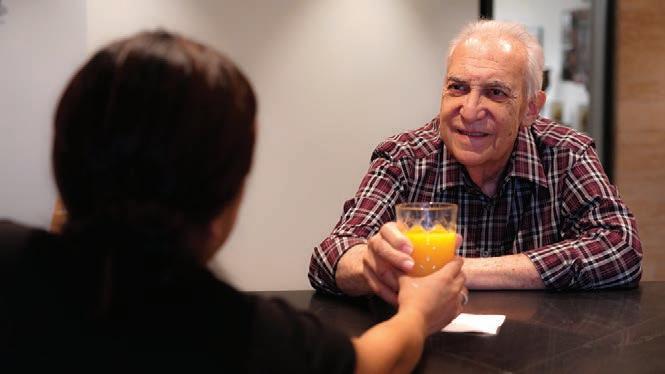
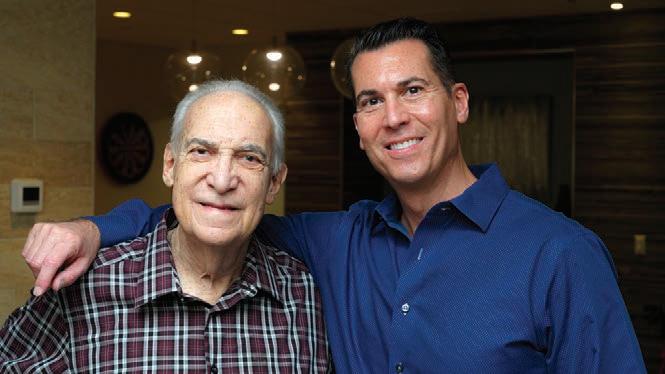
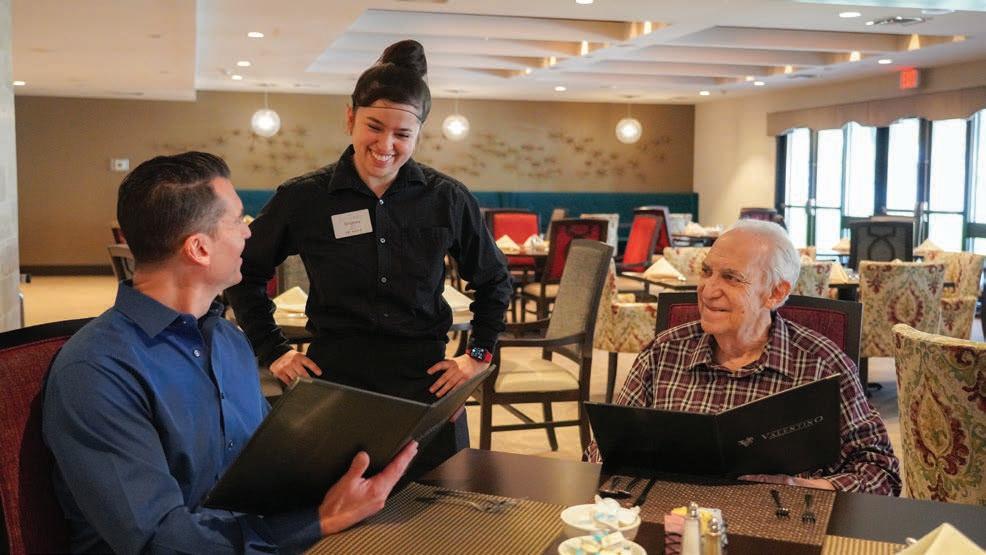

he founded an organization aimed at countering the influence of the Christian religious right wing in politics. Reflecting on his century, Lear expressed gratitude for every moment of it.
“Living in the moment, the moment between past and present, present and past, the hammock in the middle of after and next,” he said by way of advice. “Treasure it. Use it with love.” JN
How does someone not like water?
I think of my grandparents, who said they didn’t enjoy drinking a lot of water and assured me they were consuming enough of it. Now, I’m finding that many seniors feel the same way and aren’t getting the amount of water they need.
Seniors are vulnerable to dehydration because:
• They become less aware their bodies crave fluid as their thirst and appetite diminish with age
• Their medications increase the risk of dehydration
• Their bodies have become less effective at regulating temperature
So, we worry about our parents, grandparents and senior friends. We tell them they must drink eight or more glasses of water a day and that they can never drink too much. But is that true? I reached out to Dr. Mark Callesen, Jewish Family & Children’s Service chief medical officer, and Zoe Bellinghausen, a Precision 1 Nutrition certified coach, to do a little myth-busting.
True or false? Seniors should drink eight glasses of water a day.
False. The answer is, it depends.
What’s right for one person may not be suitable for another. Someone more active will need more water. Most people can stay hydrated by drinking when they feel thirsty. But the bottom line is that you should ask your doctor what is right for you.
True or false? Water is the only way to hydrate your body.
False. While it is essential to drink plain water, there are other ways to reach your total water goal for the day. In addition to water, beverages such as
coffee, tea, milk and 100% fruit juice and water-rich foods (including soups, fruits and vegetables) can also provide your body with water. Bellinghausen encourages seniors to add fresh fruit or vegetables to a glass of water to create a more enjoyable beverage.
True or false? Sports drinks are the best way to hydrate after physical activity.
False, said Bellinghausen, who is also a triathlete. For most people, water is the best way to hydrate. Sports drinks have glucose and sodium to help the body absorb water more quickly than drinking water alone, but that’s only necessary after rigorous exercise. Many seniors don’t fall into that category. However, because sports drinks are flavored, they may be a good substitute for a senior who doesn’t want to drink plain water.
If someone is looking to add electrolytes without the sugar found in sports drinks, Bellinghausen recommends:
• coconut water
• ginger
• watermelon
• salted broth
• mixing a sports drink 50/50 with water
True or false? It’s impossible to drink too much water.
False, according to Callesen. However, drinking excessive water in a short amount of time can cause hyponatremia, which occurs when the body has more water than it can process and can cause sickness and even death. Symptoms of hyponatremia may include confusion, hallucinations, nausea, muscle weakness, vomiting and seizures. Consult your doctor if you are unsure about what level of fluid intake is right for you.
True or false? Dehydration is not that serious. If I get dehydrated, I can always drink a lot of water to feel better.
False! Callesen reminds his patients that dehydration can be severe, especially for seniors. Dehydration can cause decreased alertness, slower response time, impaired memory, reasoning and ability to do math. Inadequate water intake can increase the risk of kidney stones, gallstones and certain infections, and it can cause fainting and death in severe cases. Some common symptoms of dehydration include dry mouth, headache, fatigue, dizziness and decreased urination.
Drinking water and staying hydrated is extremely important for overall health, but the water content of foods is often overlooked. While drinking water is crucial, you can consume a significant amount of water by including a variety of water-rich fruits, vegetables and dairy products in your diet.
10 water-rich foods that help you stay hydrated:

• Watermelon
• Strawberries
• Cantaloupe
• Peaches
• Oranges
• Skim milk
• Cucumber
• Lettuce
• Broths and soups
• Zucchini
Hydration is vital for everyone, but especially seniors. It’s an essential part of keeping the body and mind healthy. JN
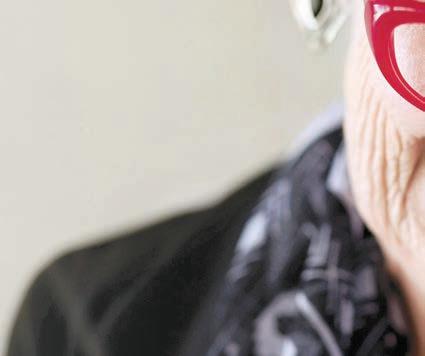

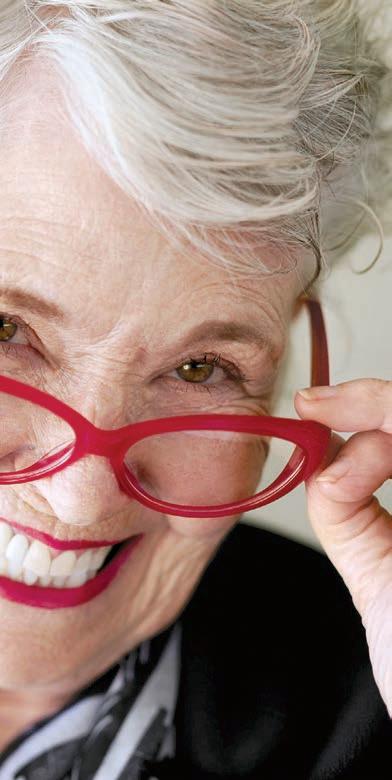
Where an endlessly inspiring setting, a wealth of activities, first-class cuisine, innovative wellness & attentive service live under one stylish roof with new friendships, new passions, new discoveries, new freedom—and the peace of mind that comes from on-site supportive services. It’s all here at Maravilla Scottsdale senior living community. A place built for all that makes you, you. Learn more at our next event.
Lunch

Join us and learn more about the lifestyle at Maravilla Scottsdale—from fine dining and social opportunities to specialized care and support. Discover the conveniences, resources & safeguards available; take a tour and enjoy a delicious lunch prepared by our talented culinary team. To RSVP, please call 480.269.1952
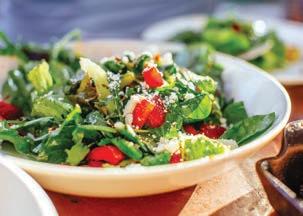
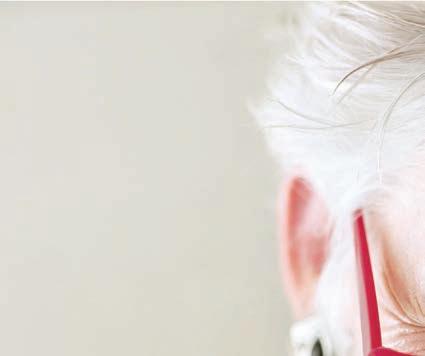
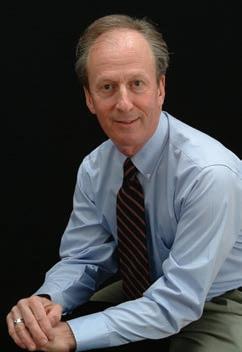
or, indeed, are we to give our attention solely to the body; much greater care is due to the mind and soul for they, too, like lamps, grow dim with time unless we keep them supplied with oil ... intellectual activity gives buoyancy to the mind.”
Until recently, we thought today’s grim facts about Alzheimer’s disease could not be changed. According to the Alzheimer’s Association 2022 Alzheimer’s Disease Facts and Figures:
• 1 in 3 seniors dies from Alzheimer’s disease or another form of dementia
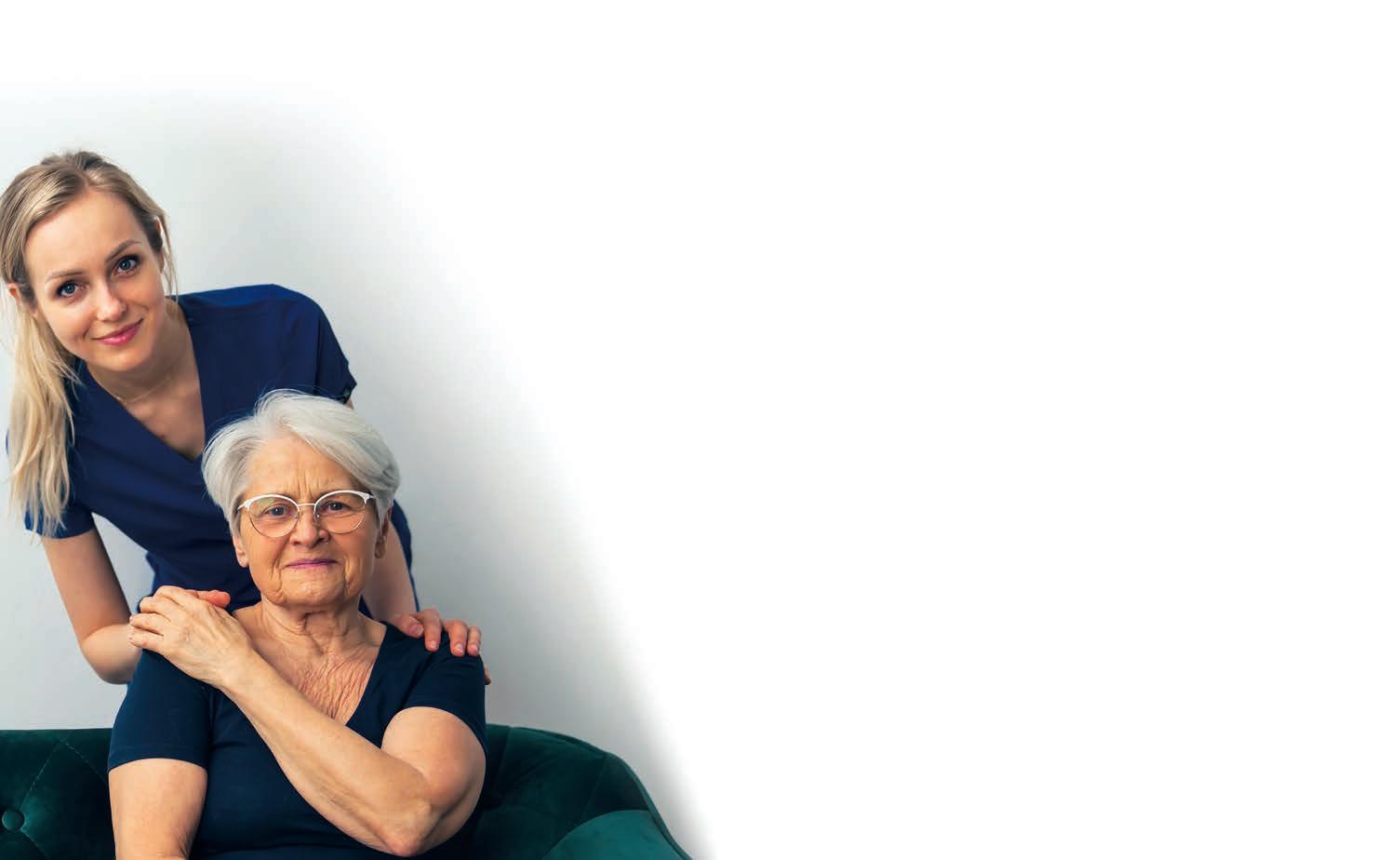
• More than 6 million Americans currently have Alzheimer’s disease
• Since 2000, heart disease deaths are down 7.3%, but AD deaths are up 145%
• Dementia will cost the US $362 billion in 2022, projected at $1 trillion by 2050
Years ago, when I was a fourth-year
“Nmedical student at the University of Arizona College of Medicine in Tucson, I had the privilege to spend several months at the Neurological Institute of Columbia University in Manhattan, N.Y. Dr. Houston Merritt, emeritus chairman and perhaps the most famous neurologist in the history of American medicine, met with our group of students every week. On one of those occasions, he noted that the worst thing about getting old was listening to his brain cells commit suicide.
That seemingly programmed, selfdestructive behavior of brain cells (neurons) was the central dogma of the aging brain until the last twenty years. This old dogma stated that the human brain — the most complex, creative and remarkable object in the universe — started to unravel at about the age of 40. If you were “lucky,” it unraveled slowly and you maintained mental agility into your 60s, 70s and beyond. If you were “unlucky,” it unraveled more rapidly and you became senile — or in modern medical parlance, demented.
It is true that the normal wear and
tear of the aging brain causes some loss of gray matter brain cells and the white matter connections between them and results in an 80-year-old brain not being as nimble as a 40-year-old brain. But if properly maintained, the brain, even in those 90 or even 100 years of age, can maintain its sharpness, agility and creativity. Alzheimer’s disease is not an inevitable consequence of aging.
The new science of the aging brain
Charles Darwin predicted what modern neuroscience has now proven: “If I had my life to live over again, I would make it a rule to read some poetry, listen to some music and see some painting or drawing at least once a week, for perhaps the part of my brain now atrophied would then have been kept alive through life. The loss of these tastes is a loss of happiness.”
The new science of the aging brain is founded on two fundamental principles. The first is neuroplasticity. Neuroplasticity is the brain’s ability to rewire, improve and fortify itself. Neurologists have known for many decades that a child’s brain can take advantage of this inherent property
to compensate for injuries occurring in childhood. We have learned over the past few decades that neuroplasticity can be activated throughout the lifespan. New cells can be generated — especially in the hippocampus, the seahorseshaped structure responsible for new memory formation — and new synapses (connections) can be formed between brain cells.
The second fundamental principle is cognitive reserve, also called brain reserve. Cognitive reserve is like physical reserve. Physical reserve results from regular physical exercise, a heart-healthy diet and controlling medical risk factors such as hypertension, diabetes, smoking, cholesterol and obesity. Physical reserve significantly reduces the risk of heart attack and stroke; it hastens your ability to recover from the flu, COVID-19 or an operation.
Similarly, cognitive reserve is preserved, built and strengthened by practicing brain-healthy lifestyle behaviors and managing the same risk factors. There are six evidence-based lifestyle components
that contribute to cognitive reserve and to happier, healthier aging:
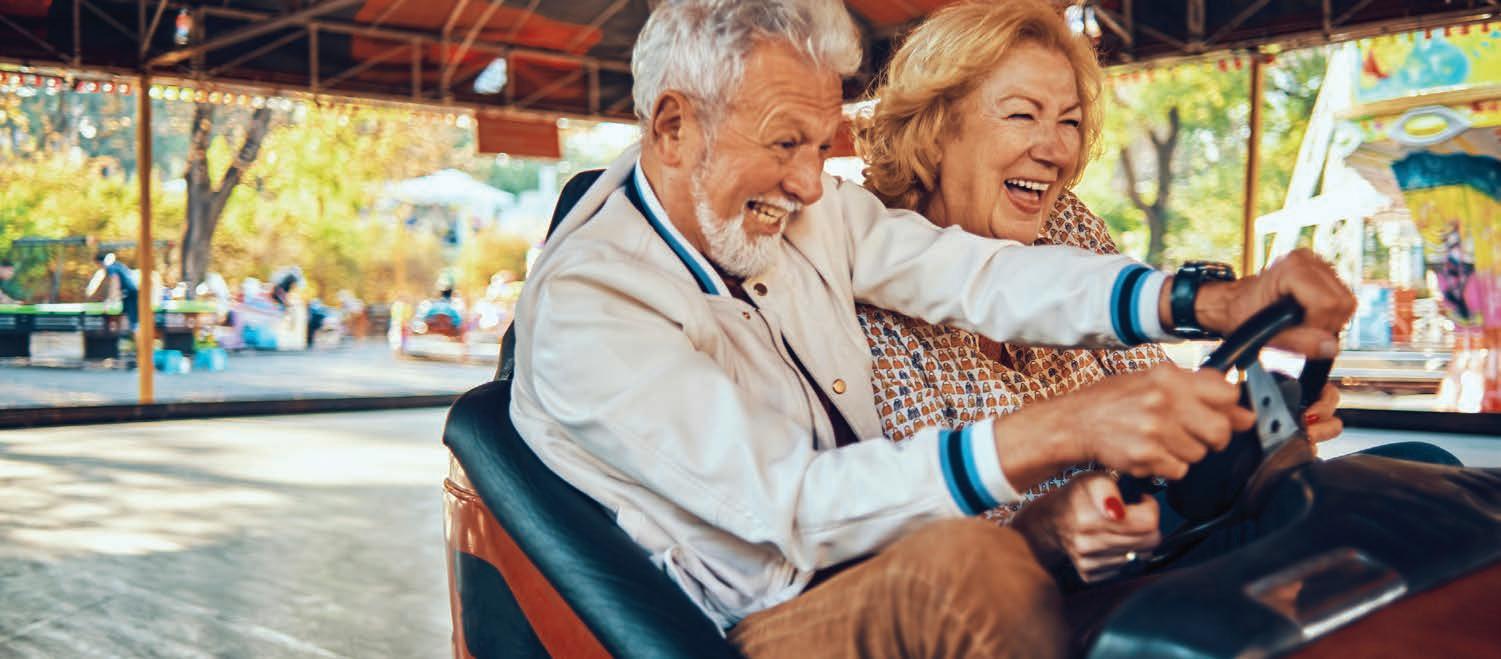
• Brain workouts that engage, stimulate and fortify your inherent abilities to learn, think and remember
• Modest physical exercise on an almost daily basis



• An active social life
• Healthy nutritional habits
• Stress reduction
• Memory strengthening sleep

Cognitive reserve is an insurance policy. Building and maintaining it will not guarantee that you will not get Alzheimer’s disease but it greatly reduces your risk and will enrich your life.
Preventing cognitive decline and Alzheimer’s disease
In 2015, “The Finnish Geriatric Intervention Study to Prevent Cognitive Impairment and Disability” (FINGER Study) was published in The Lancet, the leading British medical journal. This scientifically rigorous clinical trial involved 1,200 aging Scandinavians. It showed that it is possible to prevent cognitive decline by employing a multicomponent lifestyle intervention in at-risk older people. Individuals participating in the active arm of the study received cognitive training, physical fitness, socialization, nutritional guidance and monitoring and treatment of medical
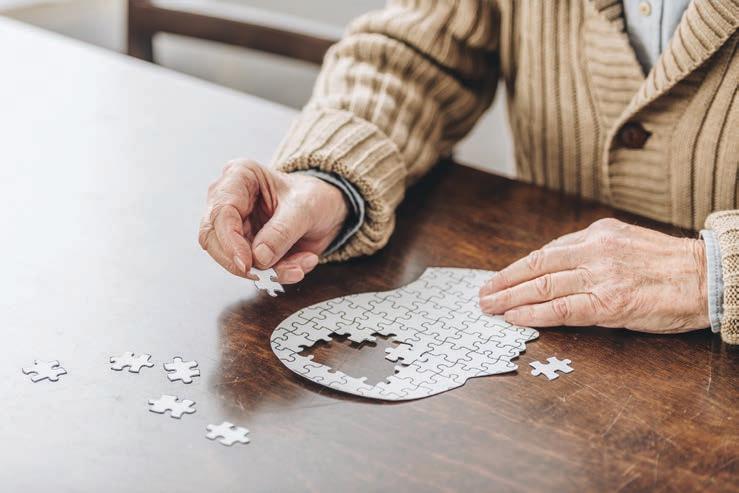


risk factors. Participants in the control arm received only general medical advice.
The results were so noteworthy that two years later, they made the cover of Scientific American (April 2017). “A Success in the Fight Against Alzheimer’s: New Ways to Stop the Fog of Dementia Before it Starts.” The authors, Miia Kivipelto and Krister Håkansson, wrote “A gold-standard clinical trial provides evidence that diet, exercise and an active social life can help prevent cognitive decline.”
Medical-science advances when experimental results are tested by other investigators and findings are reproduced. The Alzheimer’s Association recently launched the U.S. Study to Protect Brain Health Through Lifestyle Intervention to Reduce Risk (U.S. POINTER) study. This two-year clinical trial evaluates whether lifestyle interventions that simultaneously target many risk factors protect cognitive function in older adults who are at increased risk for cognitive decline.
Dementia has been declared a public health priority by the World Health Organization (WHO). The WHO 2021 report on dementia stated: “Studies show that people can reduce their risk of cognitive decline and dementia by being physically active, not smoking, avoiding
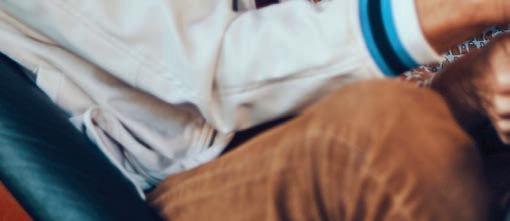
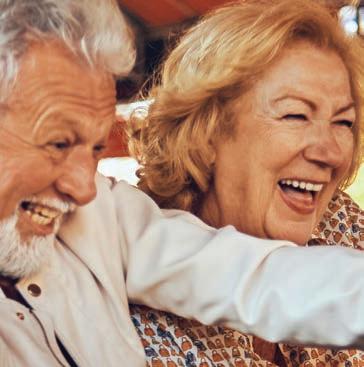
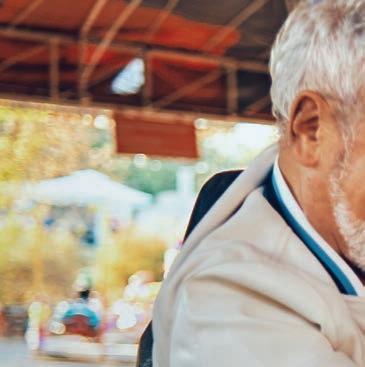

harmful use of alcohol, controlling their weight, eating a healthy diet and maintaining healthy blood pressure, cholesterol and blood sugar levels. Additional risk factors include depression, social isolation, low educational attainment, cognitive inactivity and air pollution.”
As of 2022, approximately 300 trials have failed to conclusively identify a drug or biological intervention to prevent or modify the relentless, progressive course of Alzheimer’s disease. The only proven approach to slow the growing epidemic of Alzheimer’s disease is the management of risk factors, both medical and lifestyle. This means a personal commitment to
a brain-healthy lifestyle. Each of us has to be our own brain health quarterback.
One final note: There are numerous causes of memory problems and dementia, some of which are treatable and reversible. If you, a loved one, or a friend are experiencing increasing memory lapses, forgetfulness or have any concerns about your brain health, I urge you to speak with a healthcare provider. JN
Paul E. Bendheim, M.D. is a clinical professor of neurology at the University of Arizona College of Medicine – Phoenix and author of “The Brain Training Revolution: A Proven Workout For Healthy Brain Aging.” Bendheim is also the founder, chairman and CEO of BrainSavers, Inc. Visit brainsavers.com, for more information about the Brain+Body Total Fitness Program.
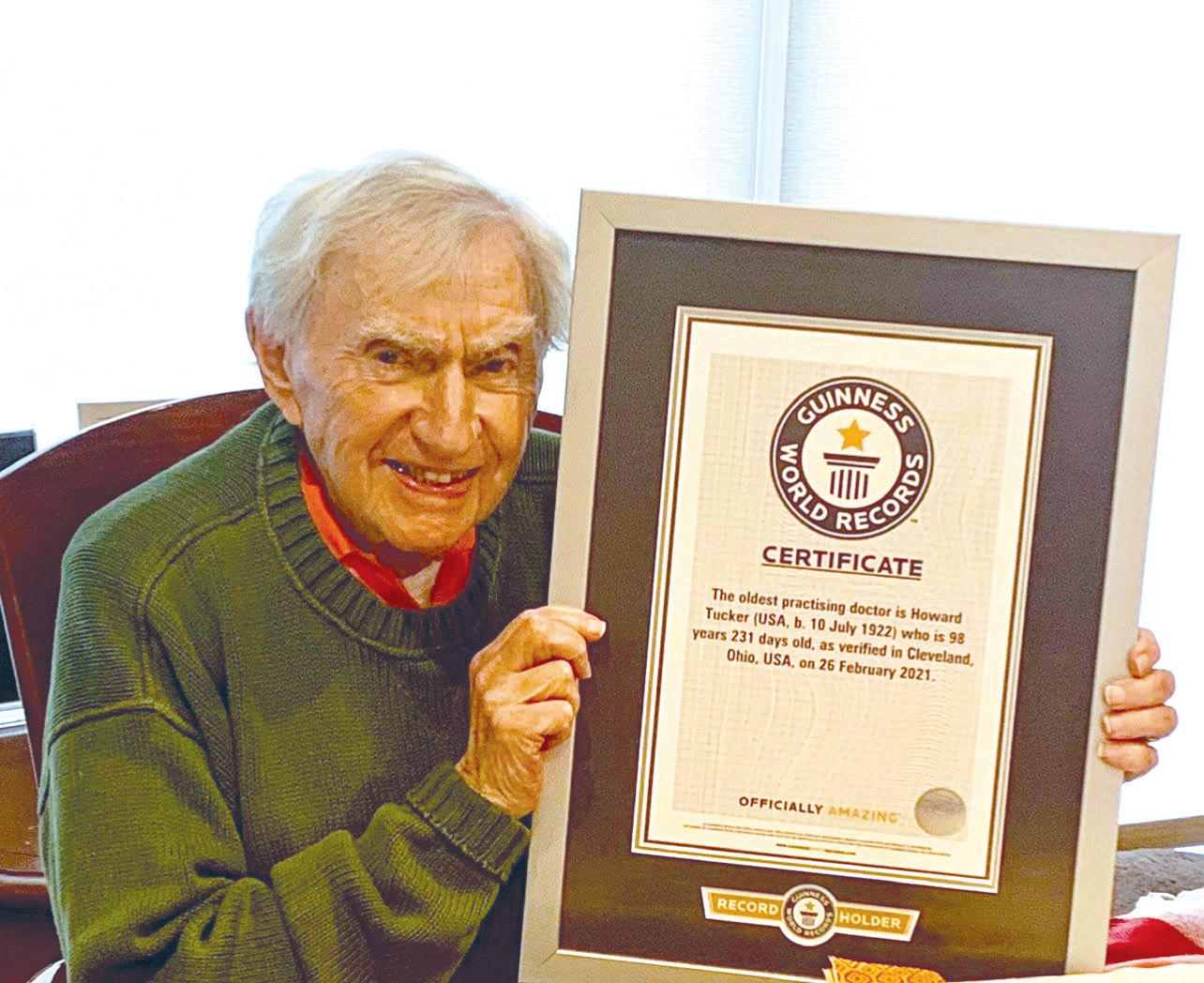 KRISTEN MOTT | JTA
KRISTEN MOTT | JTA
The day after his 100th birthday on July 10, Dr. Howard Tucker headed downtown to throw out the ceremonial first pitch at the Cleveland Guardians baseball game.
“I just hope I can get the ball to the plate,” Tucker said beforehand with a laugh. “I’ve been practicing.”
Tucker has a solid track record around practicing — certainly when it comes to medicine. Last year, the Guinness Book of World Records verified the Cleveland Heights, Ohio, resident as the world’s oldest practicing doctor. He still teaches medical residents at St. Vincent Charity Medical Center in Cleveland and takes on medical-legal expert witness work in his spare time. One of his 10 grandchildren, Austin Tucker, is currently producing a documentary about his life titled, “What’s Next?”
“I have to keep doing things because I can’t stand being at home,” Tucker said. “As long as people accept me, I’m going to continue to practice. I enjoy myself.”
Born in 1922, Tucker knew he wanted to pursue a career in medicine while a student at Cleveland Heights High School.
“In those days, neurology was a truly intellectual pursuit,” said Tucker. “There’s something mysterious about the brain. There’s a mystique. That’s why I went into neurology.”
After graduating from high school in 1940, Tucker attended The Ohio State University in Columbus for his undergraduate degree and then medical school. Once his training was completed in 1947, Tucker served as chief neurologist for the Atlantic fleet at a U.S. Naval Hospital in Philadelphia during the Korean War.
“Anyone who was discharged from the Navy for neurological reasons, if his residence was east of the Mississippi, I had to examine him before he could be discharged,” Tucker recalled.
After the war, Tucker trained at the Neurological Institute of New York. He remembers his “remarkable training” at the institute, which featured 14 floors of all things related to neurology and psychiatry.
“My chief at the Cleveland Clinic had said to me, ‘You’re capable of learning more than I can teach you, so I want you to apply to the Neurological Institute of New York. It made all the difference in the world. It was a great experience,” Tucker said.
Not only did the institute play a pivotal role in Tucker’s medical career, but it also was where he met his wife, Sara, who at 88 is a practicing psychiatrist. The couple are active members of Park Synagogue, a Conservative congregation in Cleveland Heights.
“At the time, I was teaching third-year medical students,” Tucker recalled. “One day I said to myself, ‘That’s a cute-looking girl.’ Six months later, I saw her on the street and we started talking, and that’s how I got married. I’m very lucky.”
Tucker has witnessed many advances over the course of his career, both in medicine and in technology. The CAT scan, for instance, hadn’t yet been invented when Tucker began practicing neurology.
“We used to have to really think through a problem because there weren’t any diagnostic tools of that magnitude,” Tucker said. “We used to agonize over a problem. Is this a pattern of a tumor? Is this a pattern of abnormality with a stroke? In those days we had to
work harder, but it was fun.”
Not one to stay idle for too long, Tucker decided to attend Cleveland-Marshall College of Law at Cleveland State University after serving as an expert witness in a case. He found the legal system exciting and said he was
person can do to change the world.”
For his part, Tucker — whose mother died at 84, and whose father lived to be nearly 96 — always has his eyes on the future. He learned it from his parents.
“My father bought a new car at 93 years old. And as he
determined to stay in law school and finish his degree — all while continuing to practice medicine. He graduated and passed the Ohio Bar Examination at 67 years old.
Austin Tucker and Taylor Taglianetti, the director/ producer of “What’s Next?”, hope the film about Tucker will show the inspiring power of older generations — and the challenges that Tucker has overcome to stay relevant in a changing medical profession. They said they consider Austin’s grandfather a “prime example of what just one
drove out of the parking lot with the new car, he said, ‘I don’t think I’m going to like this Chevy — I think I’m going to go back to Buicks next,’” Tucker said.
“I thought to myself, ‘Oh my gosh, he’s 93 and he’s buying a new car.’ I ended up buying my car when I was 94, and I said for my next car, I’m staying with a BMW.” JN
“I HAVE TO KEEP DOING THINGS BECAUSE I CAN’T STAND BEING AT HOME. AS LONG AS PEOPLE ACCEPT ME, I’M GOING TO CONTINUE TO PRACTICE. I ENJOY MYSELF.”
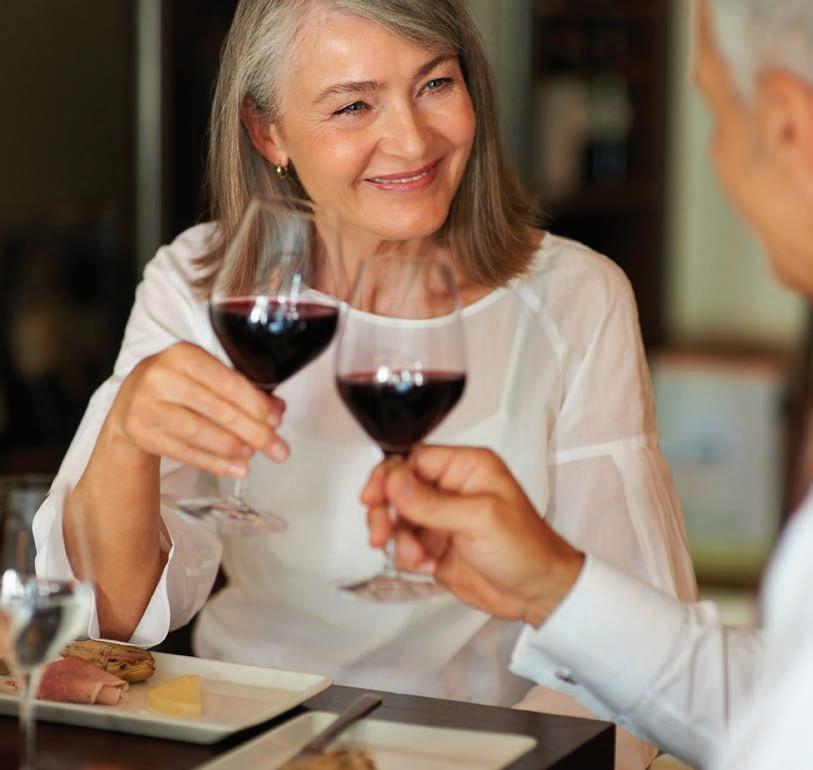

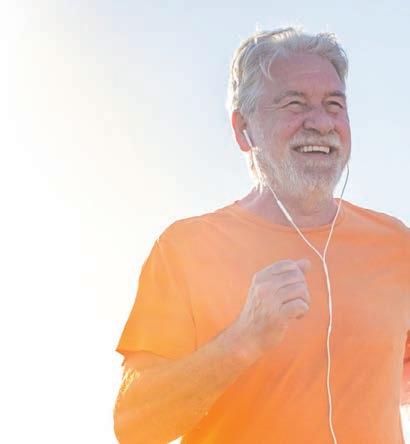 BOB ROTH
BOB ROTH
Last week I had the opportunity to interview a special man for the radio show “Health Futures” that I host on Money Radio every Friday from 12 p.m. to 1 p.m. He is the envy of many and his elevated status is worthy of great praise. He is not a billionaire, a famous athlete, a scientist or a Nobel Prize laureate. Researchers around the globe are studying people like my new friend, Jerry Svendsen, whose energy, agility and mental clarity defy the traditional presentation of an octogenarian. Jerry is a “superager.”
Loosely defined, a superager is someone over 80 years who demonstrates the physical and cognitive abilities of a 50-60 year old. A superager is not just someone with longevity. A superager has a healthspan that matches the trajectory of their lifespan. It is someone who lives long and lives well. It is a term coined by researchers at the Northwestern University Mesulam Center for Cognitive Neurology and Alzheimer’s Disease. The
Northwestern researchers are looking to identify the habits common to superagers not only to illuminate the keys to healthy aging but also to study Alzheimer’s disease. This approach to studying problems with memory and the physical changes in the brain turns the question around. What can we learn from people with extraordinary memory, attention span and executive function?
Studying superagers is a natural evolution from researchers studying the world’s “blue zones,” communities whose elders live with vim and vigor to record-setting ages. The world’s five blue zones identified are:
• Ikaria, Greece
• Okinawa, Japan
• Ogliastra Region, Sardinia
• Loma Linda, Calif.

• Nicoya Peninsula, Costa Rica
The common characteristics of the blue zone and superager lifestyles are a clean diet, regular exercise, and commitments to family, community and causes that spark passion. Adding to the importance
of the blue zone research is studying the superagers who don’t live in closed communities in remote places around the world. I remember learning about these communities and thinking that their outcomes seem unattainable in our modern world with western societal constraints.
The common thread of those aging with success and optimism is consistency of habits. These habits are foundational for success. How did these transformative habits evolve in the absence of age of information more than 50-60 years ago? Were these future superagers more in tune with their physical and spiritual needs, instinctively knowing what greases the wheels and fuels the soul?
Inspiring stories of successful aging provide a guide for people of any age. It is never too early or too late to experience the brain benefit of connection, purpose, diet and exercise. Perhaps superagers are the extreme example of what is possible in aging but it does encourage us to set the bar a little higher. Try something new without thinking, “Am I too old to do that?”
And thanks to my new friend Jerry, I have now figured out what I want to be when I grow up — you guessed it — a superager. JN
To hear Roth’s interview with Jerry Svendsen and other guests, visit cypresshomecare.com, click on the media button then radio show.
Bob Roth is the managing partner of Cypress HomeCare Solutions.
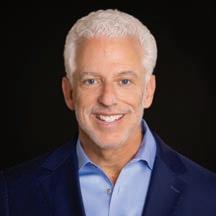

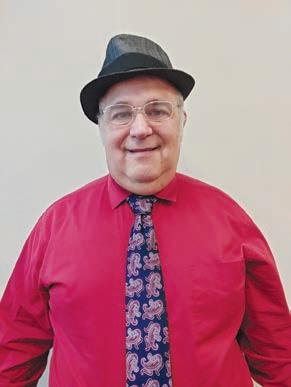
ll Americans should see the recent film “Gabby Giffords Won’t Back Down.”
Not only is it an incredibly inspiring story of how one can persevere over adversity, but the film is a stark reminder of the impact of gun
I saw the movie in a theater last weekend, and it impacted me hard because of the familiarity it had for me. One reason is that Gabby Giffords is a member of my local Tucson Jewish community. The movie discusses her faith early in the film when showing her successful run for Congress. But the film also has a very poignant Jewish moment towards the end when it showed a scene
from her bat mitzvah last year.
The film also impacted me because it featured my beloved Tucson in all its saguaro and stunning desert-vista glory. I graduated from the U of A in the 80s and moved back here 15 years ago. I feel that Tucson is a special place with its quirkiness and open, diverse culture. Unfortunately, President Barack Obama noted in the film that Tucson was the first mass shooting of his presidency and they seem to happen with more frequency.
Our American Jewish community has been hit hard by gun violence. Gabriel Zimmerman was murdered in the Tucson shooting and is the only congressional staffer ever to be slain at work. Six-yearold Noah Pozner was murdered at Sandy Hook Elementary School in 2012. There were also multiple Jewish victims in the Parkland, Fla. shooting in 2018. Some of
our darkest recent days as American Jews were the 2018 Pittsburgh, Pa., and the 2019 Poway, Calif., synagogue shootings. Yet it continues to impact us. Just weeks ago, the mass shooting in Highland Park, Ill., had several Jewish victims. That one hit home for me as my sister-in-law and 5-year-old niece were at the parade and had to take cover in a parking garage. My niece was asking questions for days about the blood she observed.
I involuntarily became a member of the gun violence survivors’ club in 2007. I was moving to Tucson from Wenatchee, Wash., for a new job as a juvenile public defender and was driving with my wife and 6 year old in our U-Haul. We took a short detour to Las Vegas for some family fun. (My son noted how fancy the Excalibur Hotel was.) After my wife and son went to bed, I thought I would
go have some grown-up Vegas fun. So, I walked across the bridge to the New York-New York Hotel & Casino and planted myself in a dueling piano bar on the casino floor, where I happily had a drink, a cigar and was singing at the top of my lungs. Suddenly, the singer shouted to get down on the ground if you wanted to live and the casino went silent.
I was crouched on the floor for about 20 minutes, but it seemed like an eternity in the silence. Eventually, we were escorted out by the police and I only found out that there was a man shooting into the casino from the mezzanine when I was crying back in my hotel room at 2 a.m. watching CNN. (Five were injured, but fortunately, nobody died.)
My experiences led me to get involved
Here’s a story I recently shared on Facebook: I was paddling my inflatable kayak on a lake in the Berkshires. Granted, it is not the sleekest or coolestlooking conveyance, but it gets the job done and it fits in the trunk of my car. At one point I passed two guys in a very lovely canoe. One of the guys says to me, “That looks like fun!” And I say, “And you have a beautiful boat,” which it was. And then the guy in the stern of the boat says, “It’s a lot more expensive than yours.”

His response sort of stunned me: Why was he talking about the price of our boats? Had my clunky kayak offended his sensibilities somehow?
My Facebook friends mostly agreed with my initial reaction: The guy was a jerk. But then a few people weighed in with an alternative interpretation: The guy was actually making fun of himself for spending so much on a canoe. One friend, a Jewish educator, channeled the guy’s thinking this way: “Our boat might be beautiful, as you say, but I’m not sure it’s worth it, considering we could be getting a lot of fun from rowing in a kayak like yours and would have spent a lot less money to do it.”
True or not, I love that interpretation. It reminds me of something from Pirke Avot, the Mishnah’s compilation of ethical principles: “Judge to the side of merit.”
(1:6) That is, in life and conversation, give the other person the benefit of the
doubt. How many conversations slip off the rails because we assume the worst of the other person?
The story was fresh in my mind when I attended an invitation-only event Tuesday on “viewpoint diversity,” put on by the Maimonides Fund. The daylong seminar brought leaders of various Jewish organizations together to discuss our society’s inability to engage in what the keynote speaker, NYU social psychologist Jonathan Haidt, describes as “constructive disagreement.” In Haidt’s 2018 book “The Coddling of the American Mind,” he and coauthor Greg Lukianoff dissect a “callout culture” in which “anyone can be publicly shamed for saying something well-intentioned that someone else interprets uncharitably.”
Because Haidt’s book is mostly about the college campus, I thought the day might shape up as an attack on “wokeism.”
But the speakers and attendees were
diverse, and liberals and conservatives alike fretted about the demise of civility and tolerance in their polarized worlds. A Jewish education professional said she is wary about bringing up Israel in front of donors, many of whom treat any criticism of Israeli policy as “anti-Israel.” And the leader of a right-leaning think tank complained about a left-leaning Jewish “monolith” that dismisses the views of Jewish conservatives or considers them somehow “un-Jewish.”
A considerable number of people spoke about what they characterized as self-censorship, fearing the consequences they or colleagues might face if they utter an ill-considered thought — or if their opinions diverge from emerging small-o orthodoxies on gender, race, politics and, once again, Israel. (I agreed to Chatham House Rules, which means I could characterize our conversations but not quote or identify participants.)
After the event, Mark Charendoff, president of the Maimonides Fund, said he and his colleagues — Ariella Saperstein, program officer for Maimonides, and Rabbi David Wolpe of Los Angeles’ Sinai Temple put much of the program together — had been thinking about these issues for a while. “It seems to us that it’s just become more difficult to have some of these conversations,” Charendoff told me. “It started off with Israel — what are you allowed to express regarding Israel, and then, you know, politics in America has become obviously a dividing line. And it doesn’t seem to have gotten any better.”
Although few if any members of Gen Z were taking part in the convening, the group born after 1995 seemed to be on a lot of people’s minds. That’s partly because of Haidt’s framing of the issue; in his book, he dates strict campus speech codes and polarizing identity politics to the arrival of Gen Z on college campuses. A leader of a secular Jewish group that works with young people said she is often under pressure from Gen Z-ers to take an organizational stand on hotbutton issues, when her mission is to encourage participation from a politically diverse population.
On the flip side, a leader working with the same cohort said Gen Z-ers complain that they were “lied to” about Israel by
Can Jews agree to disagree? Leaders gather in New York in search of ‘viewpoint diversity.’
ANDREW SILOW-CARROLL | JTA
fter the Holocaust, a survivor tracked down the fellow survivor who had gifted him new boots in the ghetto, allowing him to survive. He brought with him the worn pair of boots. Upon seeing the boots, the savior beckoned his guest to come see the centerpiece of his china cabinet, a worn pair of boots. He told his guest please keep your boots I have my own reminder of the times. The story behind the boots is the fascinating tale of a suffering Jew in a hellish time recognizing that his fellow needed them more than he. You see, our survivors knew and recognized that the mitzvah that had taken place was the epitome of “V’Ahavta l’rayacha kamocha” — loving a fellow Jew as oneself.
In tractate Taanit, the mishna states Mishenichnas Av, mimaatin besimcha. When the month of Av arrives, we decrease in joy. During the three weeks, and especially in the nine days, there is a custom not to listen to live music, not to get a haircut, to delay court cases and for the last nine days, to avoid wine and meat.
One of the core mitzvot or tasks we are
ZINMAN
CONTINUED FROM PAGE 9
in our local Tucson chapter of Moms Demand Action for Gun Sense in America back in 2015. I have watched this group of “sheroes” work tirelessly to change our laws to prevent gun violence on a local, state and national level. While the bill passed last month in Congress was a step in the right direction, we still have a long way to go.
Gun violence prevention is a Jewish value. Jewish tradition emphasizes the sanctity and primary value of human life. The Bible commands us, “Thou shalt not murder” (Exodus 20:13). The Talmud teaches us that “he who takes one life it is as though he has destroyed the universe and he who saves one life it is as though he has saved the universe.” (Mishnah Sanhedrin 4:5).
I have yet to visit Israel, although I understand one sees guns everywhere due to security issues. However, the Israeli government makes it very difficult for a private citizen to obtain a firearm. To get a gun, one must complete a detailed health evaluation from a doctor certifying that the applicant is
guided by is Ivdu et HaShem besimcha — to serve G-d with joy. One who is impassioned about life, especially when done with the ease and lightness brought on by true internalized joy, is able to better dedicate and channel their actions and avoid burnout and mitzvahs by rote.
AThe Talmud in tractate Yoma page 9b relates that the Second Temple’s destruction, in whose exile we currently find ourselves, was destroyed due to baseless hatred.
Amongst the many actions the Rabbis have encouraged to bring about the era of Moshiach and the eternal Third Beit Hamikdash, is increasing in our baseless love of a fellow and studying the laws of the temple. The increased focus on loving a fellow is a direct fix for the baseless hatred that was the cause of the destruction and the studying of the temple laws shows our desire for its rebuild.
When it comes to loving a fellow Jew, the Torah uses the word kamocha, as yourself. Literally, this would mean that our love for another must be just as the love we have for ourselves. Such love seems to be a very hard if not unattainable level. Self-love is so powerful. It can even blind us to realities that we see and know are wrong and it can create some very compelling reasoning and narratives that are contrary to our regular beliefs and practices. Some will point out that it
says “like yourself” meaning as close as possible but we don’t actually expect the love of a fellow to reach the same level as our self-love.
The Chabad Rebbe, would often lead farbrengens and other public gatherings in honor of auspicious occasions and on Shabbat afternoons, where he would share insights on various different Jewish subjects and the weekly Torah portion. Some of these sichot-talks were edited for print in the Israeli newspapers. In one of these edited messages, the Rebbe addressed specifically this issue of how can one attain the level of loving a fellow “kamocha” as oneself. The Rebbe asked us to focus not on our material physical body and self, but rather to focus on our true core, our G-dly essence. The essence of each and every Jew is our G-dly spark, our “Neshama”, which is a piece of G-dliness. As such, if we focus on our essence and core and our fellow’s essence and core, we will realize we are one and the same, all a part of G-d. Focusing on our shared essence allows us to not be sucked into the material and physical differences that we might have and instead to focus on what we share. Not treating a fellow Jew with the proper Ahavat Yisrael is then an affront to G-d and to our shared essence too. Hating a fellow Jew would be hating my own essence, and our G-dly source.
This message can also be found in
SILOW-CARROLL CONTINUED FROM PAGE 9
both physically capable and mentally stable enough to carry a weapon. An applicant also needs to complete a shooting course with a certified instructor and demonstrate sufficient mastery of handling and shooting a weapon. Before a license is granted, Israeli authorities perform a detailed security check on applicants. Once granted, a license permits an individual to own and carry a single handgun and store a maximum of 50 bullets at any given time. A private citizen cannot own an assault rifle. The United States should follow the Israeli example on gun ownership.
Gun violence in America has reached a point where one can no longer sit back and observe while shaking one’s head after the next mass shooting. As Jews, we have a responsibility to act. So, please, contact your local chapter of Moms Demand Action for Gun Sense in America and be a part of the solution. JN
Tony Zinman is the co-chair of Tucson Jews for Justice and a member of Tucson Moms Demand Action for Gun Sense in America.
their Jewish elders, and that their own ambivalent or anti-Zionist viewpoints are shunned in Jewish spaces. Indeed, a few participants defended “red lines,” saying viewpoint diversity does not mean “anything goes.” As one fundraising executive told the room, “When it comes to Israel, the last thing I want is nuance.”
When I brought this up with Charendoff, he said, “One-hundred percent I want to hear from young people who are uncomfortable with Zionism, because I want to understand why, and I think our young people are smart and passionate. That doesn’t mean … that we have to be completely neutral to who the convener of a discussion is and what their motivations are.”
At times I lost track of who is to blame for constricted speech and cancel culture, especially on college campuses. Is it the student governments at liberal universities that block campus Jewish clubs from organizing because their support for Israel made other students uncomfortable? Or is it the Jewish groups that insist campuses that allow harsh criticism of Israel are
P.M.
Find area congregations at jewishaz.com, where you can also find our 2022 Community Directory.
the mishna from tractate Taanit quoted above. If we dig a little deeper into the exact wording of the mishna, and move the pause — the comma in the text — we can find this same message of how to love a fellow Jew, how to go about baseless love.
Mishenichnas Av: when the month of Av enters.
Mimaatin: we make ourselves smaller i.e., we recognize we are one part of the many entrusted with the Torah and mitzvot to create a home for G-d in the chaotic world. And, we make room for another, for a fellow Jew, another part of G-d.
Besimcha: and this is done through joy. Through our joy of being part of G-d, we will increase in our baseless love and be the catalysts for the coming of Mashiach and the building of the eternal Third Beit Hamikdash, may it be immediately now. Amen. JN
Rabbi Dov Levertov is director of the Chabad of Phoenix.
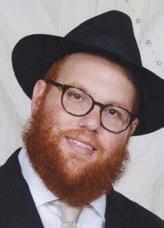
making Jewish students feel unsafe?
I also thought about the value of “viewpoint diversity” if one side or the other is playing fast and loose with the facts, or refusing to argue in good faith.
Haidt warns against the tendency to “inflate the horrors of a speaker’s words far beyond what the speaker might actually say” — he calls this “catastrophizing” — but how do we respond to actual catastrophes? Viewpoint diversity may seem a luxury in debating, say, the climate crisis or threats to democracy.
Still, the general thrust of the day was encouraging people to do their part in lowering the temperature in Jewish circles: to urge ideological opposites to listen to one another with more generosity of spirit, to assume the best of others and to consider the possibility that they may actually be wrong about a given issue. Because when it all comes down to it, we’re all in the same boat. JN
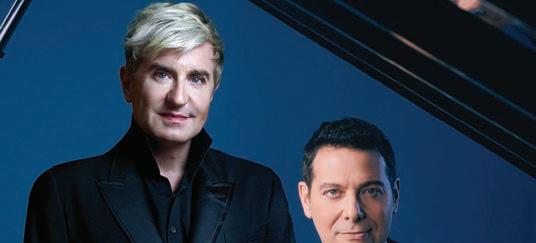
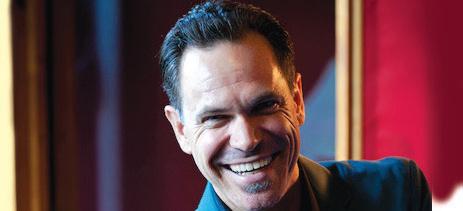




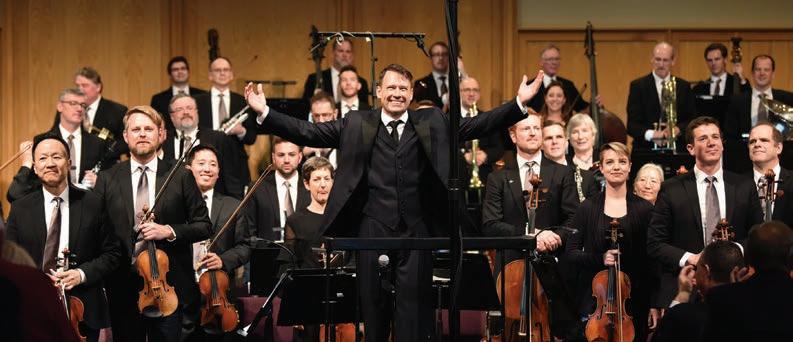
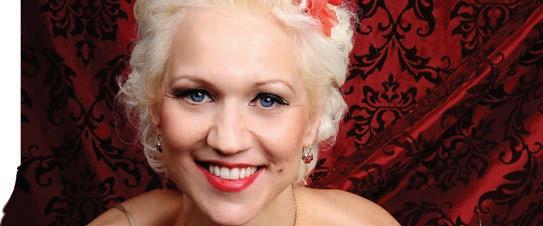


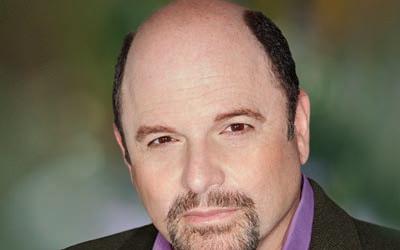
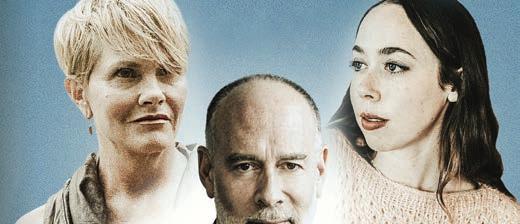
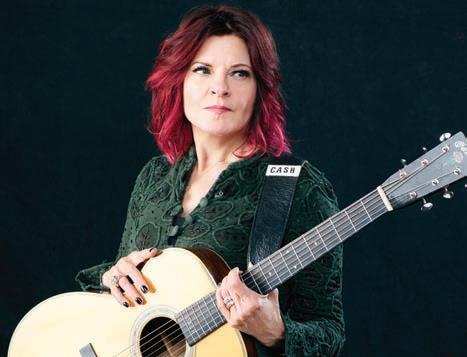
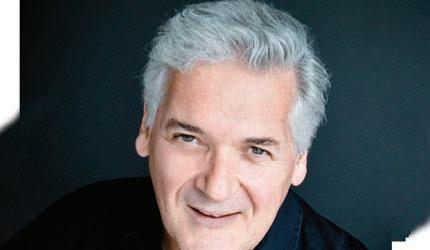
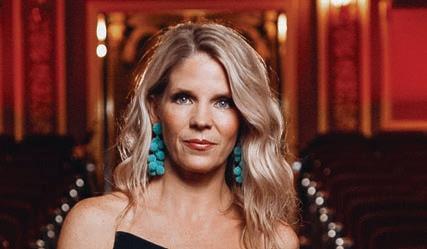











Working as a teacher in the Wilson Elementary School District in south Phoenix in 2012, Michelle Worley faced students dealing with homelessness, frequent lockdowns and transient activity around the school. It became challenging for her to keep working in that environment and one day, during her lunch break, she came across a job listing at the School of Rock in Scottsdale.
“I saw an opportunity,” said Worley. “Megan and Shane [Baskerville] had gotten this location going and were looking for somebody to run it so they could open up the other locations — they had time frames they were operating under.”
It’s been 10 years since she became studio coordinator, and now general manager, of School of Rock in Scottsdale. The Baskervilles went on to open additional locations in Ahwatukee, Gilbert and Goodyear. They were poised to open a school in the Arcadia area when COVID-19 hit. The pandemic also forced them to close the Ahwatukee location. “Our student population decreased so much, we couldn’t maintain it and keep the other three locations going,” said Worley.
The Baskervilles then decided to pursue their dream of becoming country and folk rock singers, so they moved to Nashville. The corporate office put the franchise up for sale and Amy and Patrick Peck purchased the Scottsdale and Gilbert locations (the Peck family took classes at School of Rock in Gilbert). The Pecks took possession of the schools in December 2021. Another individual purchased the Goodyear location.
Worley comes from a long line of musicians; her mother taught her to play the piano at a young age. Growing up, her family belonged to Congregation Beth Israel, “but it was called Temple Beth Israel then and it was in Phoenix,” Worley recalled.
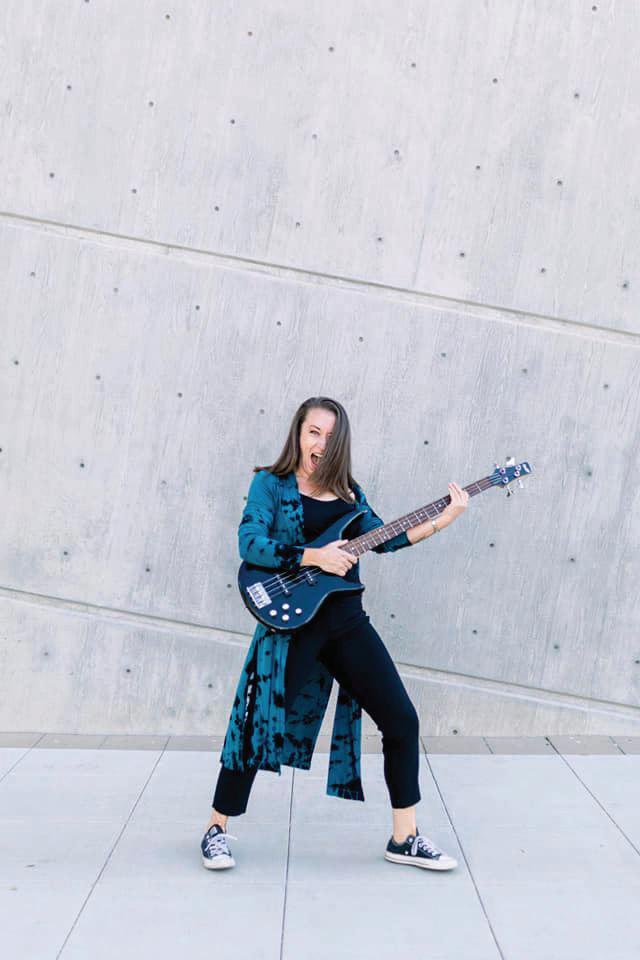




“I joined the choir there and Cantor Richards, who was the cantor at the time, told me I had a knack for music,” remembered Worley. “He gave me a guitar and I started playing for the choir and junior choir and really enjoyed that. I also played the double bass in the orchestra through elementary, junior high and high school. It was one of my passions — the big upright bass.”
She tried translating her skills to the electric bass guitar but it didn’t work, so she went through the adult program at School of
Rock to learn how to play. She has realized over the years of working there, the many ways to “look” at music and describes the School of Rock method as “an immersion style” of teaching.
“We put the instrument in the student’s hands and then we show them where to put their fingers and we say, ‘Play this note, now play this other note, now play these two notes back and forth,’ and then we sing a song with it,” said Worley. “We show them a really simple fouror five-chord song so they can have success with an actual song from the very beginning. We don’t put it into a sheet music format right away because it’s not exciting for them.”
She explained that when she was younger and would perform in choir when everyone hit the note right, it would make the hair on her arm stand up.
“It would just get me emotional and I would emote through the music,” said Worley. “We want the kids to have that joy throughout their life. We want to excite them and get them to understand
how their instrument works and then we go backward. Like, you just played a C minor arpeggio; let me explain what that means and what that looks like on the sheet music. It gives them a tool rather than something they’re forced to ingest.”

Worley’s two sons enjoyed taking classes

SATURDAY, AUG. 13
TBS-EV Annual Night Splash Event 2022:
7:30-10 p.m. Join Temple Beth Sholom of the East Valley for Night Splash at Golfland Sunsplash, 155 W. Hampton Ave., Mesa. This event is for all Jewish teens in grades 7-12. For more information, contact Sarah at Sarah.Bochenek@tbsev.org for more details including a discount code.
SATURDAY, AUG. 6
Tishah B’Av at Temple Chai: 7:30-9 p.m. Join Temple Chai, 4645 E. Marilyn Rd., Phoenix for an evening of reflective study and prayer. For more information, visit templechai.com.
TUESDAY, AUG. 9
The 5th Quarter: 6:30-8 p.m. Join Beth El Congregation on Zoom as they play your favorite university and college marching band fight songs that are played when points are scored and games won! Email your favorite fight song to Jeanne Milstein at smilstein135@mac.com and then join Jeanne and David Rosen for this spectacular night of marching band music.
THURSDAY, AUG. 11
Scottsdale Museum of the West with Wader Weber: 11 a.m.-12 p.m. Join JFCS Center for Senior Enrichment & Creative Aging for a virtual presentation of “Light and Legacy: The Art and Techniques of Edward S. Curtis and Rails Building America.” The central theme of the Edward Curtis discussion is about the personal relationships he had with many Native American leaders. For more information, visit jfcsaz.org.
SUNDAY, AUG. 14
TBS-EV Open House: 11 a.m.-1 p.m. Join Temple Beth Sholom of the East Valley, 3400 N. Dobson Rd., Chandler for an open house to learn more about our classes, services, religious school, youth groups and more! For more information, visit tbsev.org.
BBYO Fall Kickoff: 11:30 a.m.-2:30 p.m. Join Mountain Region BBYO for their first event of the year at Mavrix, 9139 Talking Stick Way, Scottsdale for bowling, food, arcade games, laser tag and fun! Open to ALL Jewish teens in grades 8-12. For more information, visit bbyo.org.
Israeli Film Series: 1:15-2:15 p.m. Join the East Valley Jewish Community Center for a free online film screening of “Leaving Paradise.” The film will be available all day on Sunday, Aug. 14. For more information, visit evjcc.org/film/.
TUESDAY, AUG. 16
NowGen August Happy Hour: 5-7 p.m. Join NowGen for a happy hour at TapHouse Kitch, 6137 N. Scottsdale Rd., Scottsdale to connect with other Jewish adults in their 20s through 40s in community, philanthropy and leadership. For more information, visit jewishphoenix.com/ organization/nowgen/.
FRIDAY, SEPT. 16
Wine & Cheese Open House: 6:30-7:30 p.m. Join Beth Ami Temple, 3535 E. Lincoln Dr., Paradise Valley for an opportunity to meet Rabbi Allison Lawton and Cantorial Soloist Michael Robbins and mingle with current members and other guests while learning more about the congregation’s High Holiday and Shabbat services. For more information, visit bethamitemple.org.
MONDAYS
Mahjong: 10 a.m.-12:30 p.m. Join the East Valley Jewish Community Center, 908 N. Alma School Rd., Chandler in-person for mahjong. This program is intended for players with prior experience and for those who have received the COVID-19 vaccination. Masks will be required. Cost: Free. For more information and to register, visit evjcc.org/mahjong. For further questions, call the EVJCC at 480-897-0588.
THURSDAYS
Storytime at Modern Milk: 9:30 a.m. Join Modern Milk, 3802 N. Scottsdale Rd, #163, Scottsdale for an in-person storytime for babies, toddlers and preschoolers. We will integrate favorite children’s books and songs while giving parents new ideas for play. Cost: $5. For more information and to register, visit modernmilk.com/after-baby.
SUNDAYS
BAGELS: 9-11 a.m. Join the Valley of the Sun Jewish Community Center, 12701 N. Scottsdale Rd., Scottsdale, for Bagels And Gabbing Every Last Sunday of the month in-person. Grab a bagel and a cup of coffee and enjoy some time with your friends and make new ones. You must register to attend. Bagels and coffee will be provided. Cost: Free for members, $5 for guests. For more information and to register, visit apm. activecommunities.com/valleyofthesunjcc/ Activity_Search/1787.
MONDAYS Ethics of Our Fathers: 7 p.m. Learn with Rabbi Zalman Levertov online. Tune in at: bit. ly/2Y0wdgv. Cost: Free. For more information, visit chabadaz.com.
Quotable Quotes by our Sages: 7 p.m. Learn with Rabbi Shlomy Levertov online. Tune in at: JewishParadiseValley.com/class. Cost: Free. For more information, visit chabadaz.com.
Partners in Torah: 7:30 p.m. Join a growing group of inspired learners with Project Inspire. Cost: Free. Tune in at: us04web.zoom. us/j/3940479736#success, password is 613. For more information, email Robin Meyerson at robin@projectinspireaz.com.
Learning to Trust in God: 7:30 p.m. Learn with Rabbi Yossi Friedman online. Tune in at: ChabadAZ.com/LiveClass. Cost: Free. For more information, visit chabadaz.com.
Torah & Tea: 7:30 p.m. Learn with Rabbi Yossie Shemtov online. Cost: Free. For more information, visit Facebook.com/ChabadTucson.
TUESDAYS
Let’s Knit: 1:30-3:30 p.m. Share the pleasure of knitting, crocheting, etc. and help others with a project or pattern. Can’t knit? We can teach you! Every level welcome. We will be sitting outside at the Ina Levine Jewish Community Campus and social distancing. Our last meeting before August will be Tuesday, May 11. Cost: Free. For more information, email Nicole Garber at nicoleg@mpjcc.org.
Maintaining an Upbeat Attitude: 7 p.m. A class exclusively for people in their 20s and 30s, learn how Jewish Mysticism can help with your attitude with Rabbi Shlomy Levertov online. Cost: Free. Tune in at: JewishParadiseValley.com/YJPclass. For more information, visit chabadaz.com.
WEDNESDAYS History of the Jews: 11:00 a.m. Learn the Jewish journey from Genesis to Moshiach online with Rabbi Ephraim Zimmerman. Cost: Free. Tune in here: zoom.us/j/736434666. For more information, visit chabadaz.com.
Torah Study with Temple Beth Shalom of the West Valley: 11 a.m.-noon. TBS of the West Valley’s weekly virtual study group explores that week’s portion and studies different perspectives and debates the merits of various arguments. Intended for adults, Torah study is open to students of all levels. The goal is to achieve an understanding of what the text is and what it can teach us in the contemporary world. For more information, contact the TBS office at (623) 977-3240.
Happiness Hour: 11:30 a.m. An online class taught by Rabbi Pinchas Allouche that delves into texts and references culled from our traditions to address a relevant topic and draw uplifting life lessons from it. For more information or to join, visit cbtvirtualworld.com.
Torah Study with Chabad: Noon. Take a weekly journey to the soul of Torah online with Rabbi Yossi Levertov. Cost: Free. For more information, visit chabadaz.com.
Lunch & Learn: 12:15 PM. Grab some food and learn online with Rabbi Yehuda Ceitlin. Cost: Free. Tune in on Zoom by emailing info@ChabadTucson.com. For more information, visit ChabadTucson.com.
The Thirteen Petalled Rose: 1 p.m. An online Kabbalah class that studies “The Thirteen Petalled Rose” by Rabbi Adin Even-Israel Steinsaltz, focusing on the many foundational and transformational concepts of Kaballah and Jewish Mysticism and applying them to everyday life. For more information or to join, visit cbtvirtualworld.com.
Knit a Mitzvah: 1:30 p.m. On the second and fourth Wednesdays of the month, check in with fellow knitters who are making items to donate as part of this Brandeis National Committee Phoenix chapter study group. For more information, contact Ronee Siegel at ronees@aol.com.
JACS: 7:30-8:30 p.m. Virtual support group for Jewish alcoholics, addicts and their friends and family on the first and third Wednesdays of the month. Cost: Free. For more information, email jacsarizona@gmail.com or call 602-692-1004.
Words & Whiskey: 8:30 p.m. Join a free weekly, virtual learning session for men. To RSVP, email rmollenaz@gmail.com or call/text 310-709-3901.
THURSDAYS
Ladies Torah & Tea: 10:30 a.m. Learn about the women of the Torah with Mrs. Leah Levertov online. Cost: Free. Tune in at: ourjewishcenter. com/virtual. For more information, visit chabadaz.com.
Talmud - Maakos: 11 a.m. Learn with Rabbi Shlomy Levertov. Cost: Free. Tune in at: JewishParadiseValley.com/YJPclass. For more information, visit chabadaz.com.
Mindfulness Gatherings: Noon. Hosted by Hospice of the Valley via Zoom. Cost: Free. To join by phone dial 1-253-215-8782, meeting ID 486 920 2119#, to get the Zoom link or for further questions contact Gill Hamilton at ghamilton@ hov.org or 602-748-3692.
The Science of Everything: 4 p.m. Explore the most fundamental work of Chassidut: the Tanya, with Rabbi Boruch. Cost: Free. Tune in at: zoom.us/j/736434666. For more information, visit chabadaz.com.
Teen Discussions: 7-8:30 p.m. Learn with Rabbi Tzvi Rimler online, Cost: Free. Tune in at cteen.clickmeeting.com/east-valley. For more information, visit chabadaz.com.
SATURDAYS
Saturday Mindfulness Gatherings: 9:30 a.m. Hosted by Hospice of the Valley. To join by phone dial 1-253-215-8782, meeting ID 486 920 2119#. To get the Zoom link or for more information, contact Gill Hamilton at ghamilton@hov.org or 602-748-3692.
Middle Eastern Percussion - Beginner Level: 12:45-1:45 p.m. Join One World Dance and Music Studio, 3312 N. Third St., Phoenix to learn the fundamentals of Middle Eastern rhythms on tabla/doubek (drum), riq (tambourine) and zills (finger cymbals). Cost: $20 per class. For more information, visit oneworlddanceandmusic.com.
Book Discussion: 1:30-2:30 p.m. Join Or Adam Congregation for Humanistic Judaism on the third Saturday of every month for a virtual book discussion. For more information and to register, contact oradaminfo@gmail.com.
SUNDAYS
Soul Study: 7:15 a.m. An online class exploring the secrets of the Tanya and Jewish mysticism, taught by Rabbi Pinchas Allouche. Cost: Free.
Chassidus Class: 9 a.m. Learn about the Chasidic movement with Rabbi Yossi Friedman. Cost: Free. Tune in using this link: ChabadAZ.com/LiveClass. For more information, visit chabadaz.com.
Jewish War Veterans Post 210: 10 a.m. Any active duty service member or veteran is welcome to join monthly meetings, now virtual, every third Sunday, Cost: Free. For more information, email Michael Chambers at c365michael@yahoo.com.
Anxiety in the Modern World: 6 p.m. Learn the secrets of the Torah for living stress-free in the current environment in a virtual class with Rabbi Boruch, with Chabad of Oro Valley. Cost: Free. Tune in using this link: zoom.us/j/736434666. For more information, visit chabadaz.com.
FRIDAYS
In-person services: Congregation Beth Israel is holding services in the Goldsmith Sanctuary limited to 100 people, excluding clergy and staff. Members and guests must be fully vaccinated (two weeks since your last vaccination) and wear a mask. Children may attend and must be able to wear a mask for the duration of the service. Participants must pre-register by Thursday at 5 p.m. Priority will be given to members first and then guests. If there are more requests than available seats a lottery system will be used. To make your reservation, contact Gail Gilmartin at 480-951-0323 or at ggilmartin@cbiaz.org.
In-person services: Temple Chai is holding Friday evening (5:30 p.m. Nosh, 6:16 p.m. sevice) and Shabbat morning (varying dates and times). For more information, contact Sheana Abrams at (602) 971-1234 or sabrams@templechai.com.
In-person services: Congregation Or Tzion is holding Friday evening (6:00 p.m) and Shabbat morning (9:30 a.m.) services indoors. Services are also live streamed at otaz.org/livestream. For more information about services, events and membership, visit congregationortzion.org or call 480-342-8858.
SEE CALENDAR, PAGE 15
The Arizona Jewish Historical Society hosted a Holocaust education seminar on July 14 for over 120 students from Aguila Youth Leadership Institute. The keynote speakers were, from left to right, U.S. army veteran Vernon Schmidt, Italian resistance fighter Margherita Fray, Holocaust survivors Esther Basch, Marge Rich and Dirk van Leenen. The event was part of Aguila’s annual summer symposium, entitled “Finding the Light Within.”
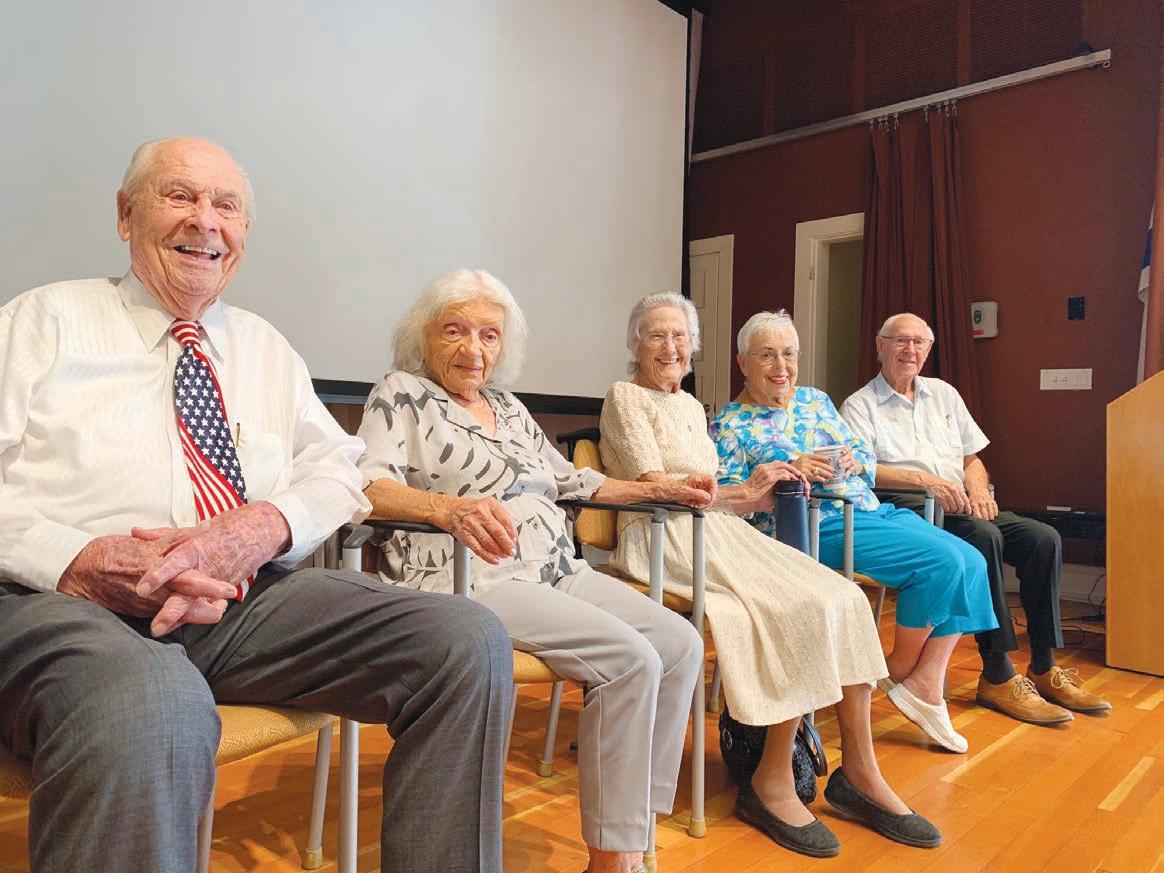
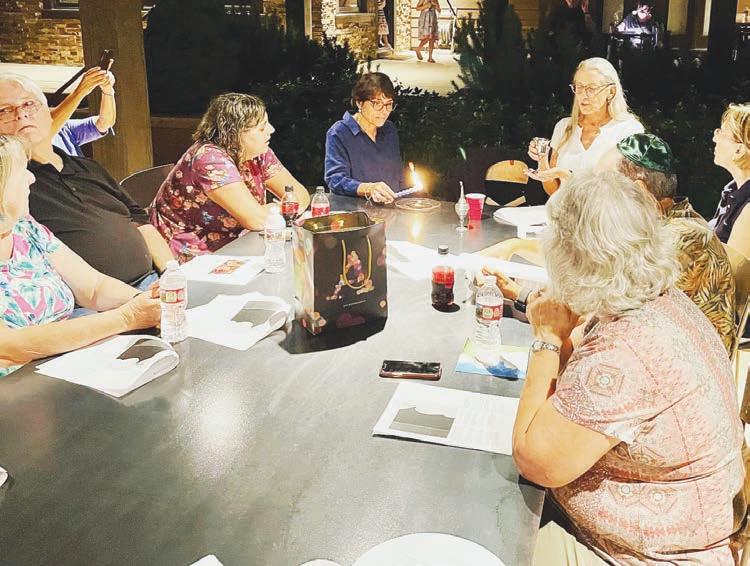
Campers from the East Valley Jewish Community Center’s Camp Rimon enjoyed a shavedice treat from Kona Ice.
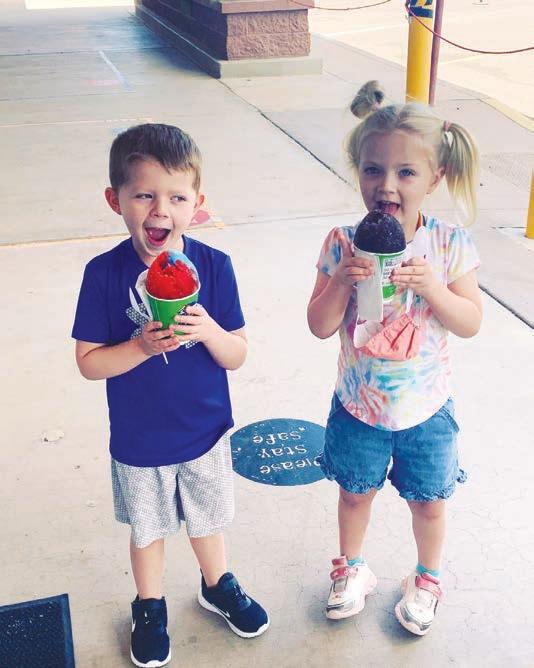
COURTESY OF LEISAH WOLDOFF
Rabbi Shmuly Yanklowitz holds just a few bags of over-thecounter medicine that will be distributed to refugees, asylum seekers and the houseless through Arizona Jews for Justice.
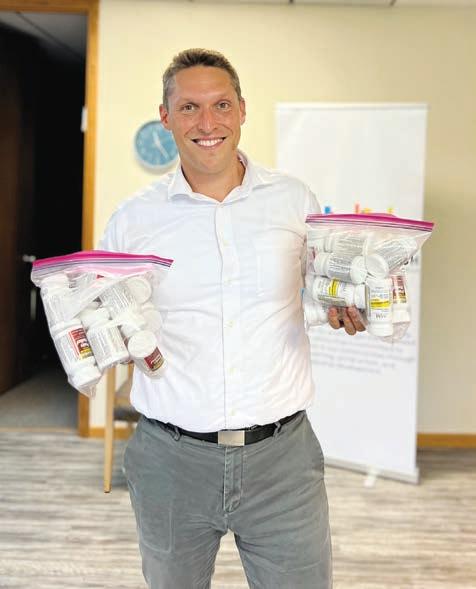
COURTESY OF RABBI YANKLOWITZ
Nearly 70 young professionals joined NowGen PHX’s happy hour at Bowlero in Scottsdale on July 27. COURTESY OF NOWGEN PHX
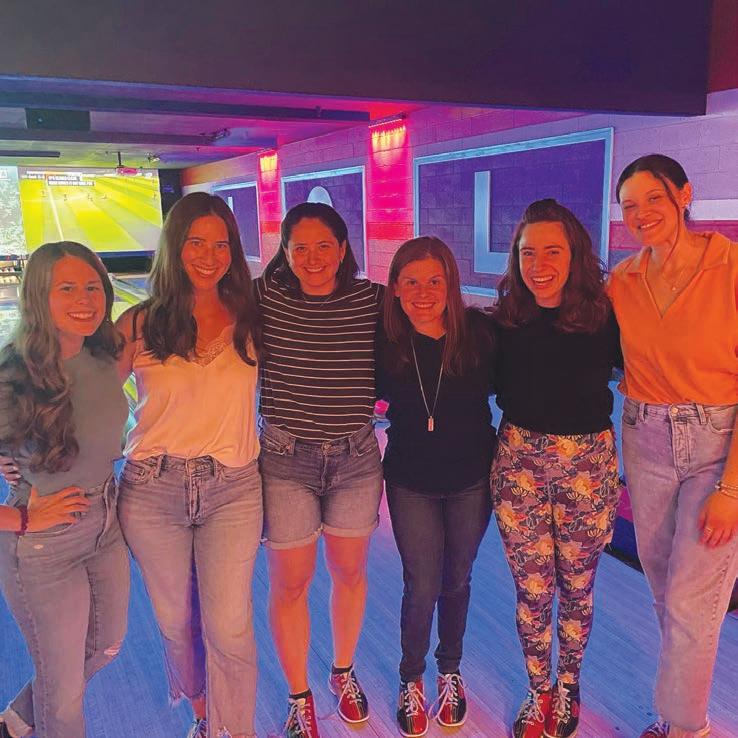
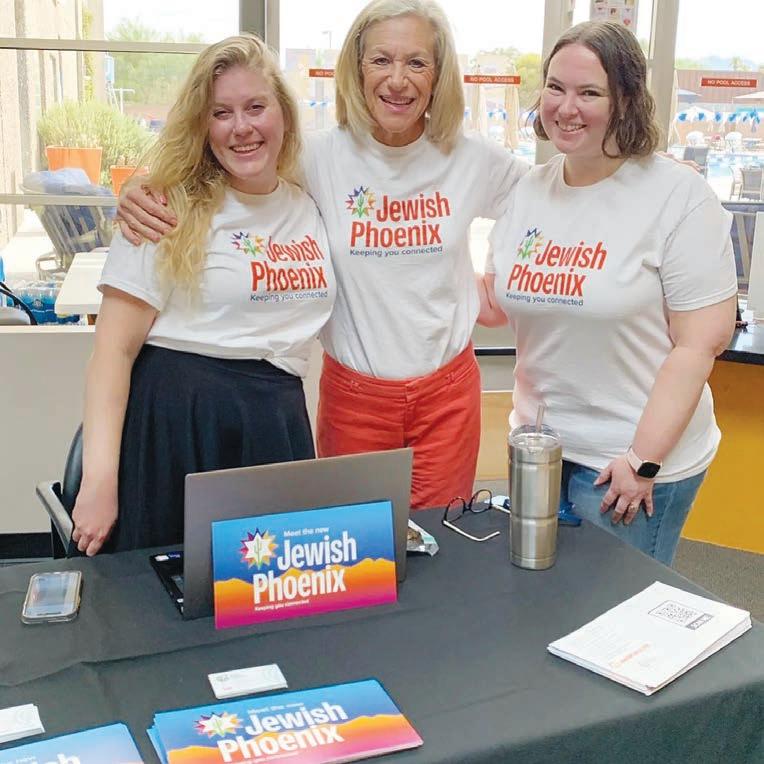
Tot Shabbat in the Park: 9:30 a.m. Free totShabbat every Friday morning at Cactus Park. Shabbat music, toys and a meaningful preschool Shabbat experience. Is it your child’s birthday? Sponsor a Shabbat for $36.00. For more information and to register, visit playdatesbydesign.com/upcoming-classes.
Shabbat at Beth El: 11-11:45 a.m. Celebrate Shabbat with songs, blessings and inspirational teachings. Rabbi Stein Kokin from Beth El Congregation will lead us the first Friday of every month. Special guests will be welcoming Shabbat during the remainder of the month. For more information or to join, visit bethelphoenix.com.
Welcome Shabbat: 11-11:45 a.m. Join the JFCS Virtual Center for Senior Enrichment each Friday for a soothing and inspiring program to welcome Shabbat. Each week a different guest host will lead the program with song and celebration. Cost: Free. For more information, visit jfcsaz.org/cse.
Erev Shabbat Service: 5:30 p.m. Rabbi Alicia Magal will lead a service livestreamed for members of the Jewish Community of Sedona and the Verde Valley. Cost: Free. For more information and to obtain the Zoom link, visit jcsvv.org/contact.
Kabbalat Shabbat: 5:30 p.m. Congregation Kehillah invites you to join services via Zoom, every other Friday, with Rabbi Bonnie Sharfman and cantorial soloists Scott Leader and Erica Erman. For the dates, visit congregationkehillah. org/events and to register and receive the link, please email info@congregationkehillah.org.
Pre-Shabbat Kiddush Club: 6 p.m. Say kiddush with Rabbi Mendy Levertov online. Cost: Free. Tune in here: ourjewishcenter.com/virtual. For more information, visit chabadaz.com.
In-person Third Friday Shabbat: 7-8 p.m. The Desert Foothills Jewish Community Association hosts a Shabbat service followed by a program. Contact Andrea at 480-664-8847 for more information.
MONDAYS
Tai Chi with Brian Stevens: 10-10:30 a.m. Tai Chi and Qigong are health practices that incorporate a form of ancient Korean healing martial arts known as DahnMuDo, which produces an overall limitless state of being, through focused movement and focused breathing. Experience a renewed sense of being, boost your immune system and enjoy doing so in this virtual class. For more information and to register, visit jfcsaz.org/events/. Contact CSE Director Jennifer Brauner at seniorcenter@ jfcsaz.org or 602-343-0192 with questions.
Dance Fusion with Michele Dionisio: 11 a.m.-noon. Presented by JFCS Center for Senior Enrichment. Cost: Free. For more information, visit jfcsaz.org/ cse.
Sip & Schmooze: 11 a.m. Sip on kosher coffee or tea, enjoy a homemade pastry and Schmooze with great company every second Monday of the month at Luci’s Barn at the Orchard, located at 7100 N. 12th St., Phoenix. RSVP Appreciated: chani@sosaz.org or (602) 492-7670. For more information, visit www.sosaz.org.
Featured Presentation: 12:30 p.m. Join Smile on Seniors Mondays and Wednesdays to learn from a variety of presenters about topical issues, like Q&As with medical professionals, entertainers and lectures. Cost: Free. For full details visit sosaz.org/virtual or email Rabbi Levi Levertov at levi@sosaz.org.
Brain Fitness: 1-2 p.m. Join Toby Lazarus in this virtual brain fitness class, which works to engage the brain in innovative ways in a variety of cognitive areas and can help increase mental acuity. Word play, puzzles, memory games and problem-solving activities are employed to enhance your brain power. Cost: Free. For more information and to register, visit jfcsaz.org/ events/. Contact CSE Director Jennifer Brauner at seniorcenter@jfcsaz.org or 602-343-0192 with questions.
TUESDAYS
Zumba Gold with Adriana Padilla: 9:30-10:15 a.m. This virtual class is perfect for active older adults who want a modified Zumba class with lower-intensity. Class focuses on all elements of fitness: cardiovascular, muscular conditioning, flexibility and balance. Come to this virtual class ready to sweat, and prepare to leave empowered and feeling strong. For more information and to register, visit jfcsaz.org/events/. Contact CSE Director Jennifer Brauner at seniorcenter@ jfcsaz.org or 602-343-0192 with questions.
Movie Discussion Group: 11 a.m. Join Smile on Seniors on the third Tuesday of every month hosted by Issy Lifshitz. Cost: Free. For full details and the movie of the month visit sosaz.org/virtual or email Rabbi Levi Levertov at levi@sosaz.org.
Israeli Folk Dancing Series: 1:15-2:15 p.m. from Aug. 16-Sept. 20. Join the Valley of the Sun Jewish Community Center, 12701 N. Scottsdale Rd., Scottsdale for a variety of Israeli and other folk line dances. This workshop is open to all levels, no prior dance experience of any kind is necessary. For more information, visit vosjcc.org.
WEDNESDAYS
Fitness Fun with Zoe: 10-10:45 a.m. In this virtual class, do some light chair exercise with optional weights. Class follows a format of a warmup weight free movement, optional weights, then a cool down. Some standing options, however all moves can be done sitting. Presented by JFCS Center for Senior Enrichment. Cost: Free. For more information, visit jfcsaz.org/cse. Contact CSE Director Jennifer Brauner at seniorcenter@ jfcsaz.org or 602-343-0192 with questions.
Chair Yoga with Zoe: 11-11:45 a.m. Grab a chair and sit down for a 45-minute chair yoga class with Zoe! Yoga is beneficial to mind, body and spirit. Prior to class, please let Zoe know if you have any limitations in order for exercises to be modified. No prior yoga experience required. Presented by JFCS Center for Senior Enrichment. Cost: Free. For more information, visit jfcsaz.org/cse.
THURSDAYS
In the Kitchen with Benita: 12:30 p.m. Join Smile on Seniors on the fourth Thursday of every month for some delicious cooking or baking fun! Cost: Free. For full details visit sosaz.org/virtual or email Rabbi Levi Levertov at levi@sosaz.org.
FRIDAYS
Welcome Shabbat: 11-11:45 a.m. Celebrate Shabbat virtually with songs, blessings and inspirational teachings. For more information and to register, visit jfcsaz.org/events/. Contact CSE Director Jennifer Brauner at seniorcenter@ jfcsaz.org or 602-343-0192 with questions.
Adult Chair Ballet Class: Noon-12:45 p.m. Join Jennifer Cafarella and Elaine Seretis from Ballet Theatre of Phoenix as they teach a ballet class that will help improve strength, flexibility, movement and balance. No prior dance experience required. Presented by the JFCS Virtual Center for Senior Enrichment. For more information, visit jfcsaz.org/cse.
Musical Friday: 12:30 p.m. Join Smile on Seniors on the first Friday of every month for a musical presentation. Cost: Free. For full details visit sosaz.org/virtual or email Rabbi Levi Levertov at levi@sosaz.org. JN
CONTINUED FROM PAGE 12
at School of Rock and are involved at Temple Emanuel of Tempe, where the family are members and the boys had their bar mitzvahs. They are close in age and both graduated from high school during the pandemic.
“It was a challenge during COVID-19 to continue to stay involved and connect with our temple family spiritually, but we did a lot of really fun things,” she said.
“I think my favorite was our ‘bageling.’ We were bageling everybody — I think I got bageled three times.”
Temple Emanuel’s board started a “bageling chain” to maintain a sense of community after months of being separated by COVID-19. Members would surprise each other with bagels and a cheerful note as a fun way to keep connected.
Worley enjoys her “wonderful, colorful
OBITUARY
SELINA KAMINSKY
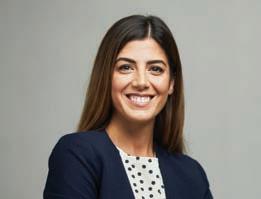
community” at Temple Emanuel and the “community of like-minded parents and families” at School of Rock.
“I’ve watched a lot of kids grow and overcome some really intense fears,” she said. “The anxiety from a 7 year old that can’t walk into a rehearsal space without her mom, becoming a 16 year old who can stand on a stage in front of other people and very eloquently state her feelings about a song before she sings.”
Worley is excited that the Pecks have purchased the franchise and signed letters of intent for a new space. “We are currently in the works to open that location in Arcadia. That’s coming soon,” she shared. “We have so many families that travel from that area; now we can expand our army of rockers and have more students getting the music education they want.” JN
For more information, visit schoolofrock.com/ locations/Scottsdale.
Selina Kaminsky of Phoenix died on July 18, 2022, at the age of 89. She was born in Brooklyn, N.Y. Selina is survived by her husband, Eli Kaminsky; daughters Roxanne of Be’ersheva, Israel and Bethel of Phoenix; and three grandchildren. Services were held at Beth El Cemetery on July 21, officiated by Rabbi Nitzan Stein Kokin and arranged by Sinai Mortuary of Arizona.
Donations in her name can be made to The Arc of Tempe, P.O. Box 26014, Tempe, AZ 85285 or Ezra’s Cholim, 7118 N Seventh St., Phoenix 85020. JN
Show
August

